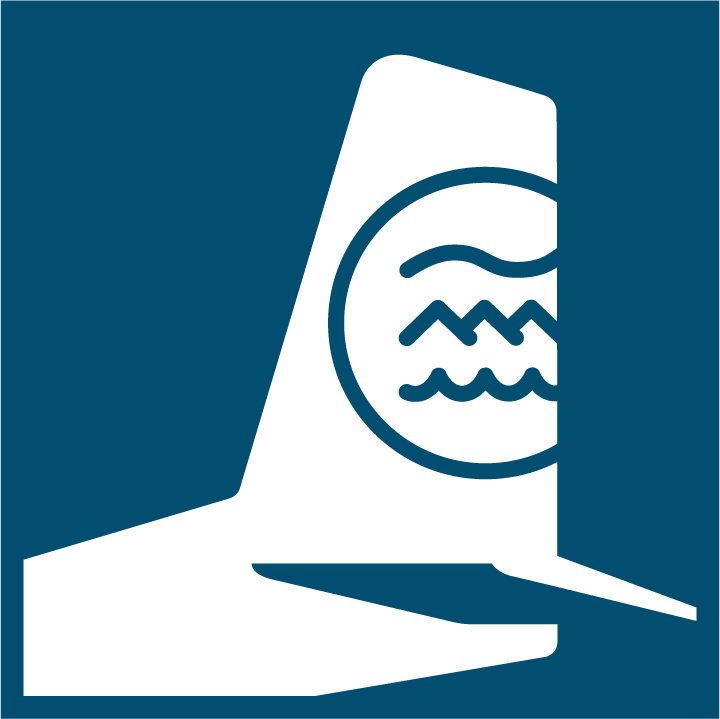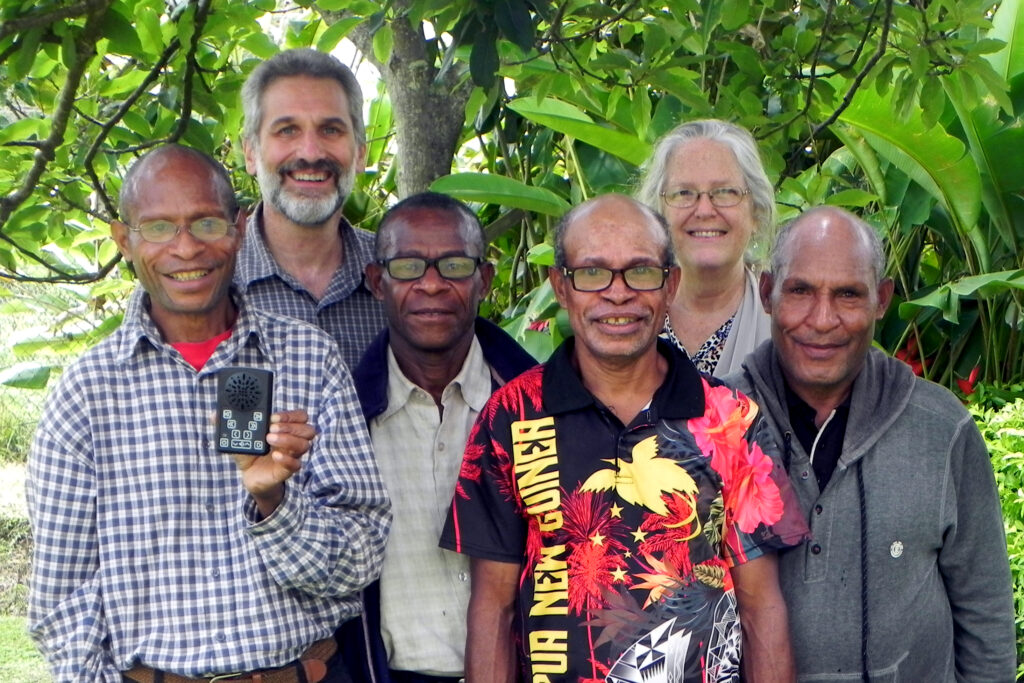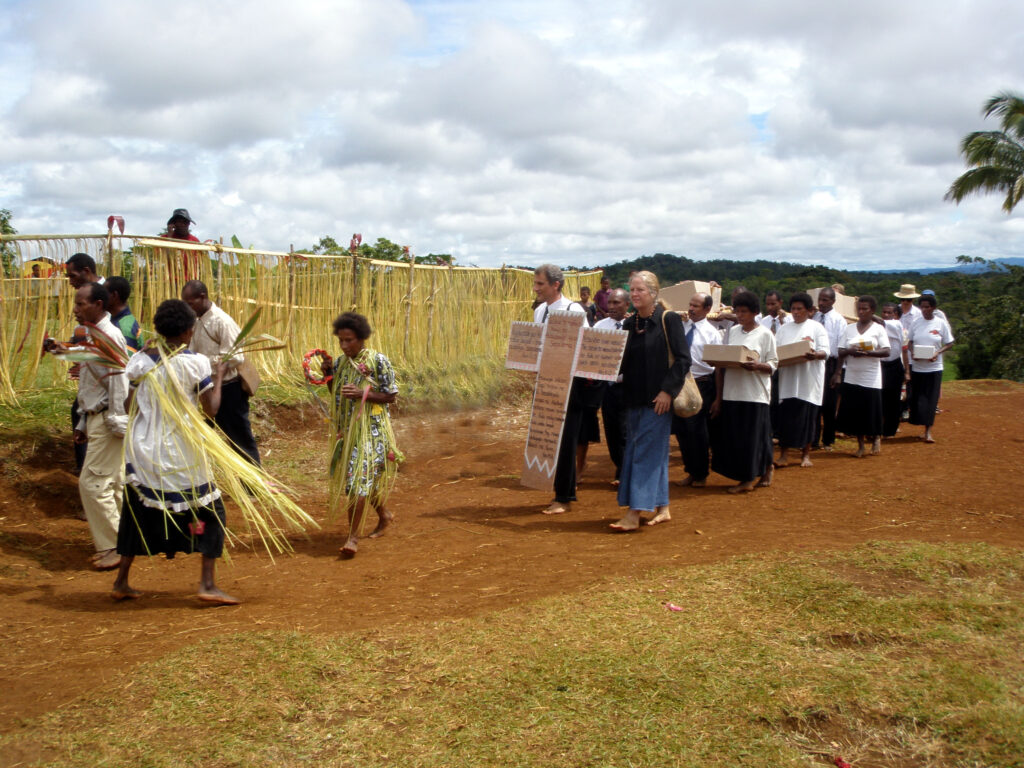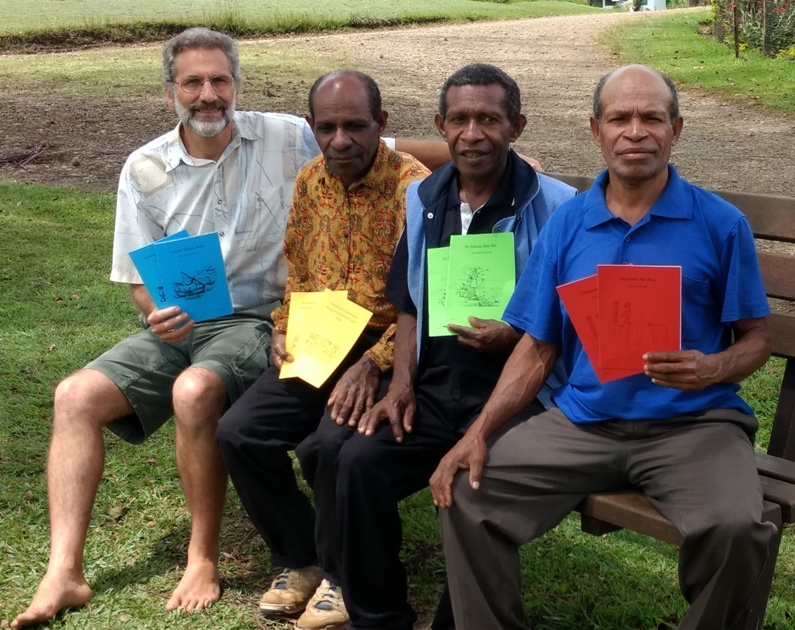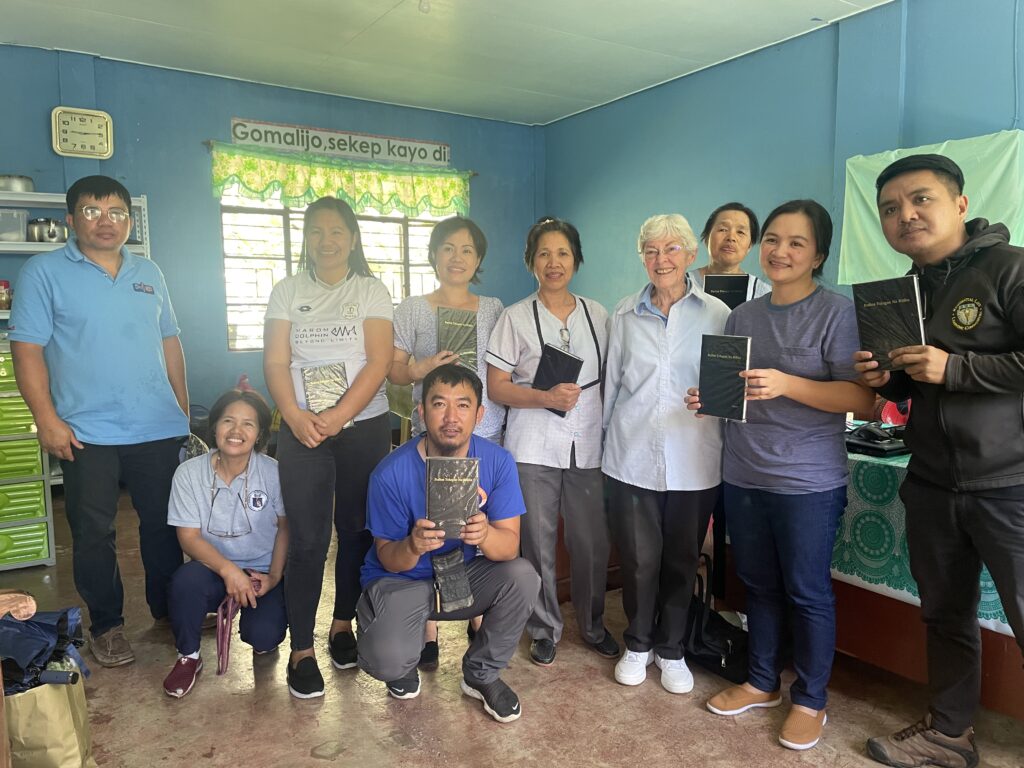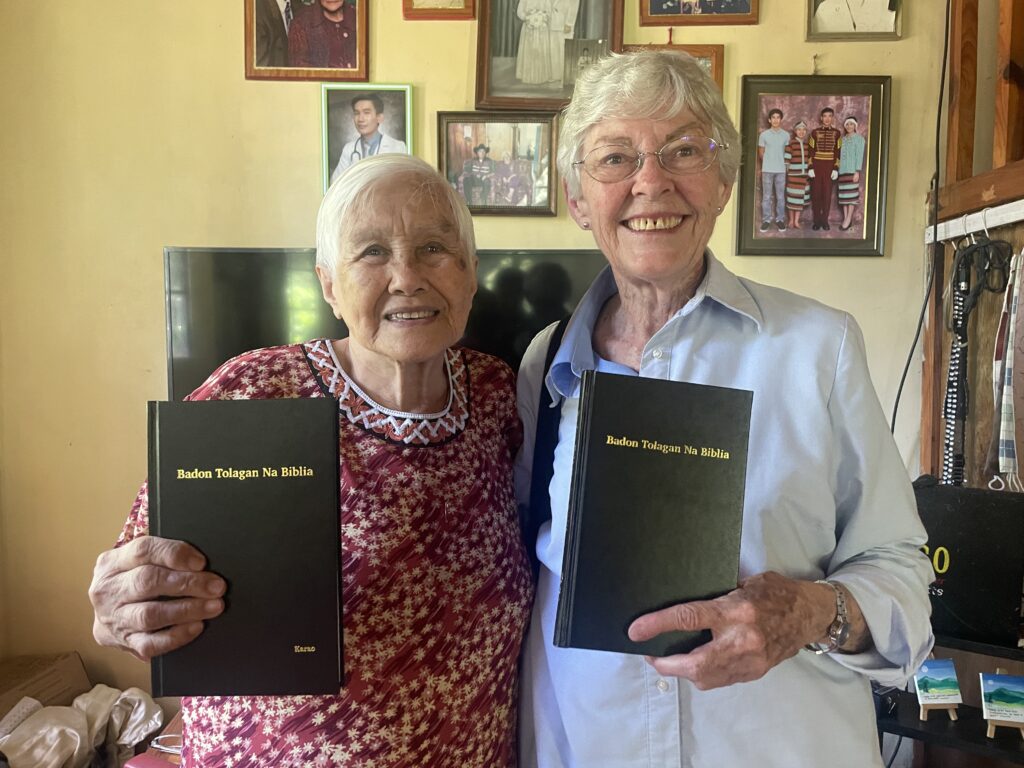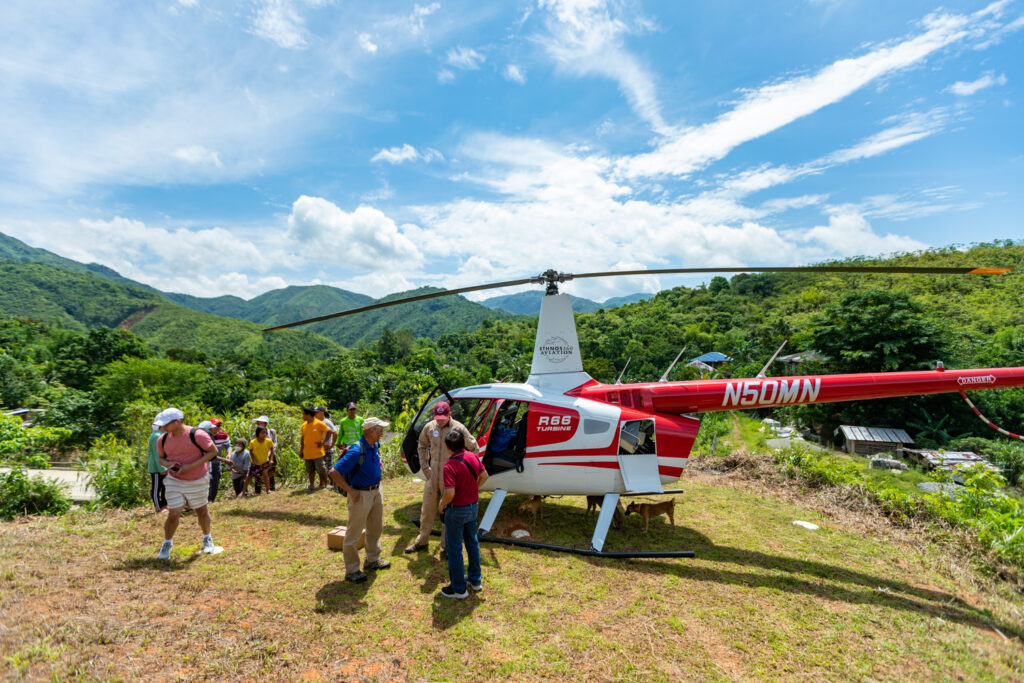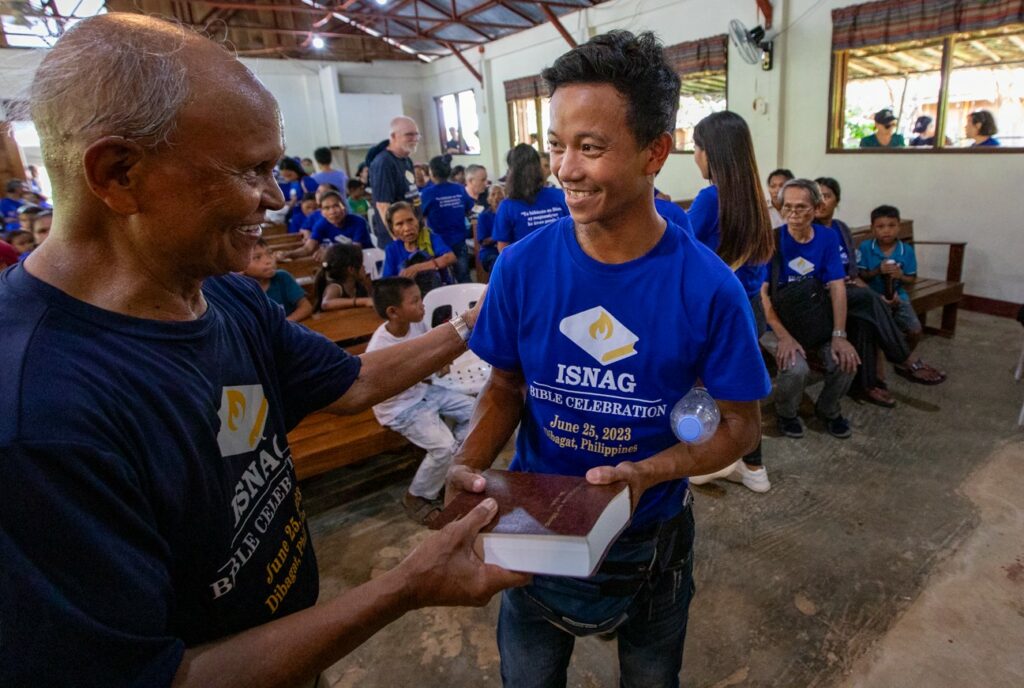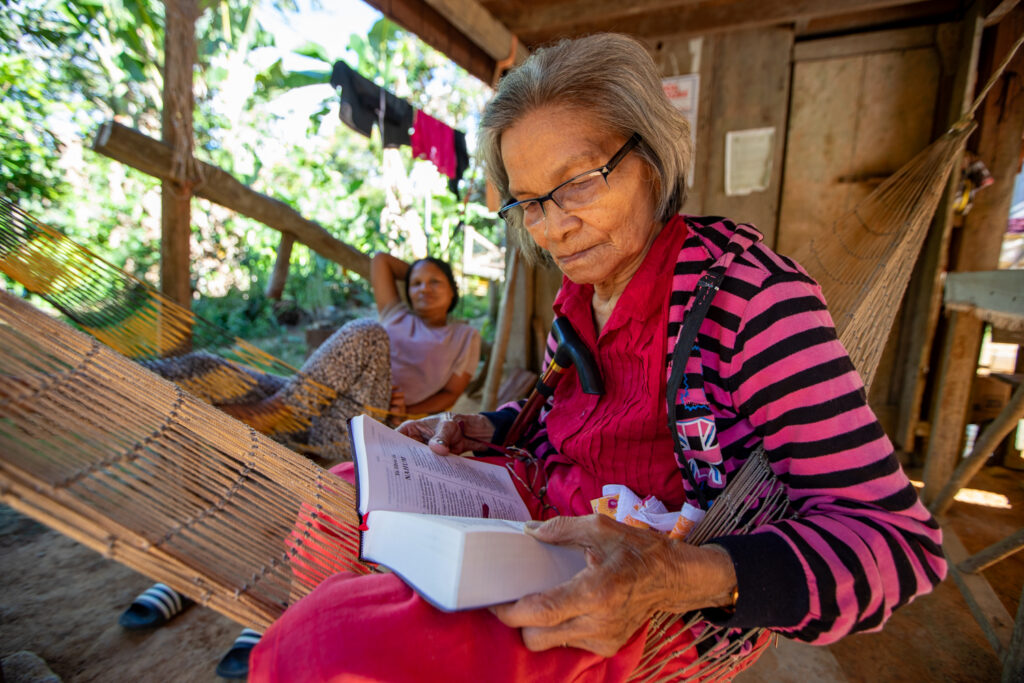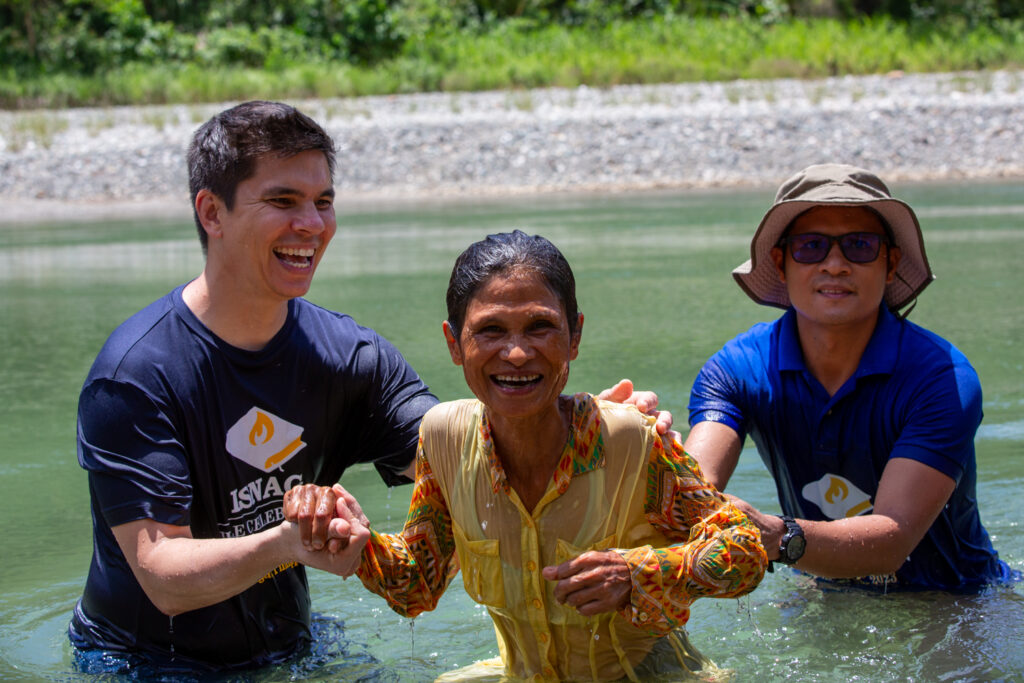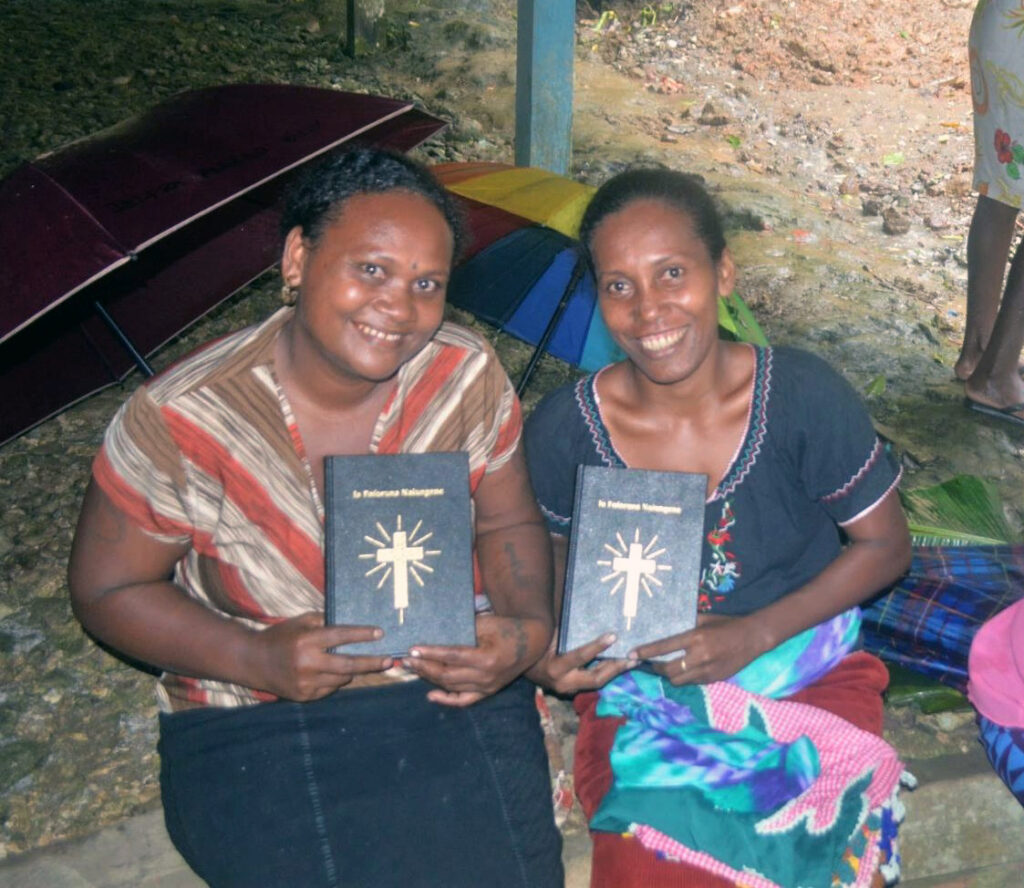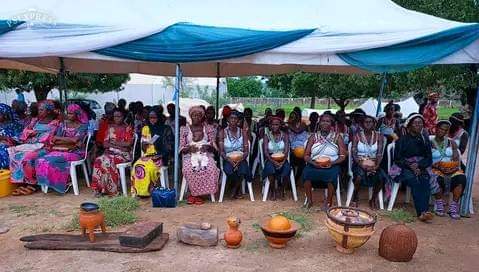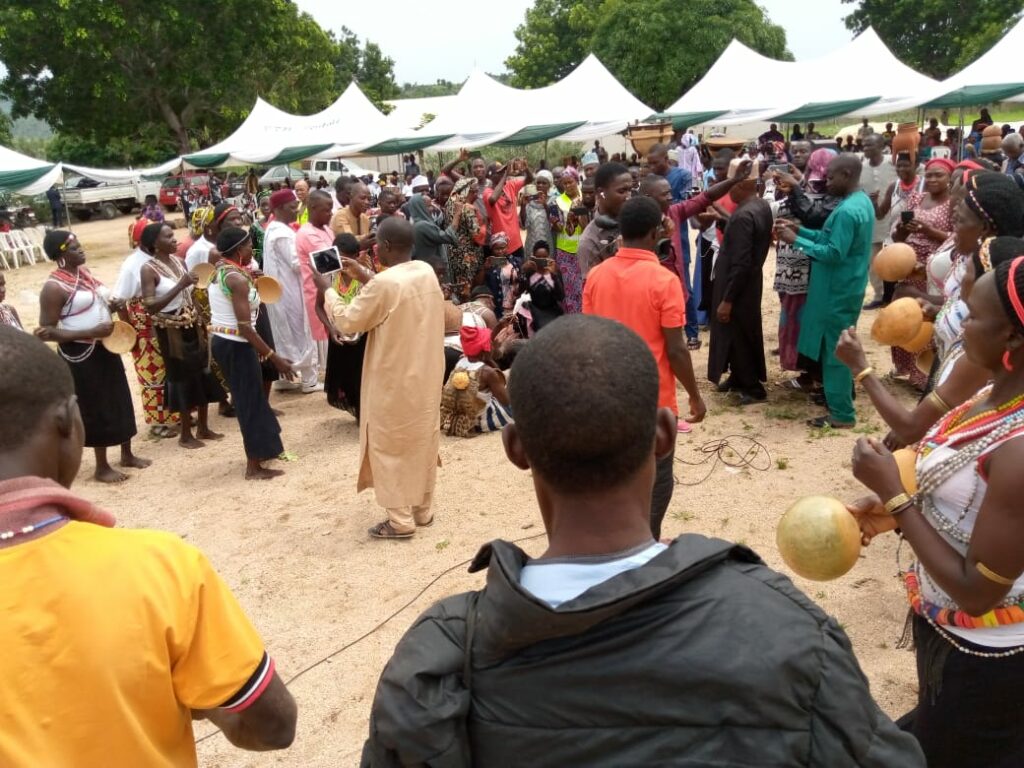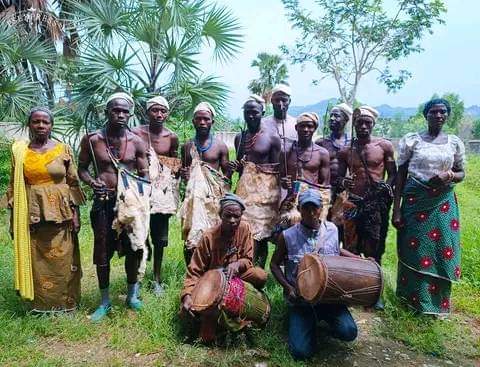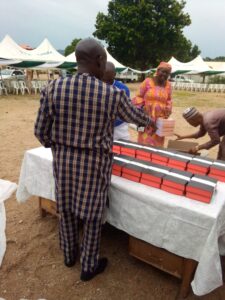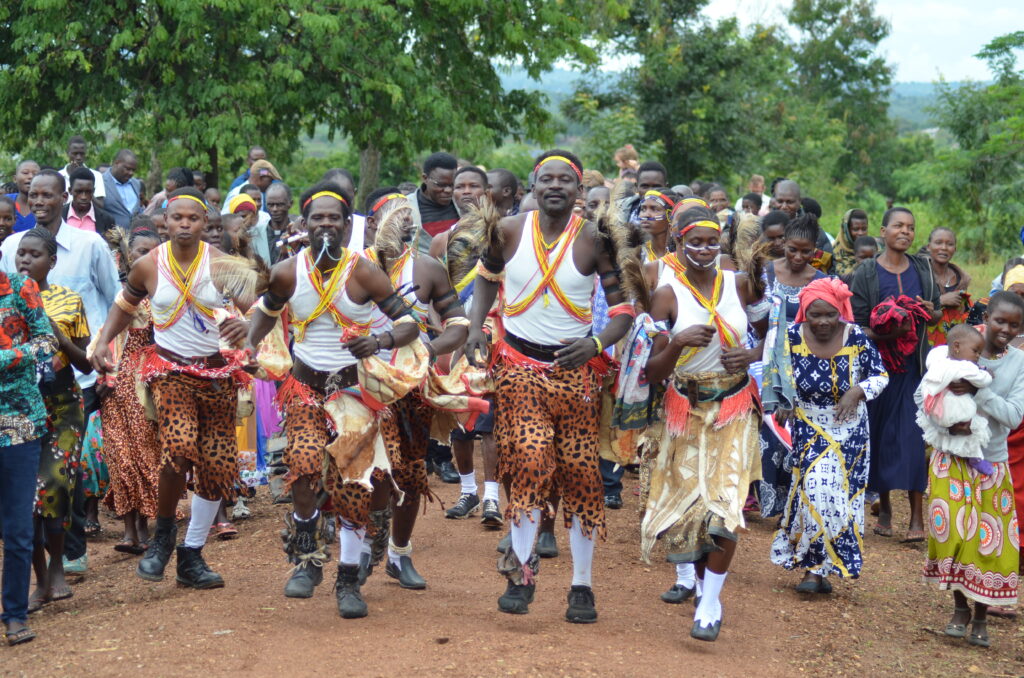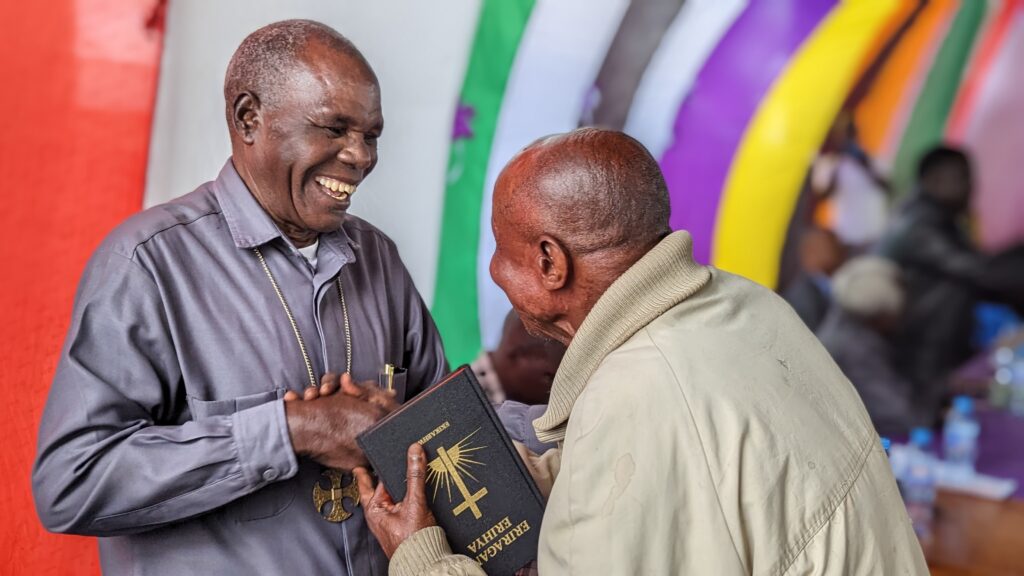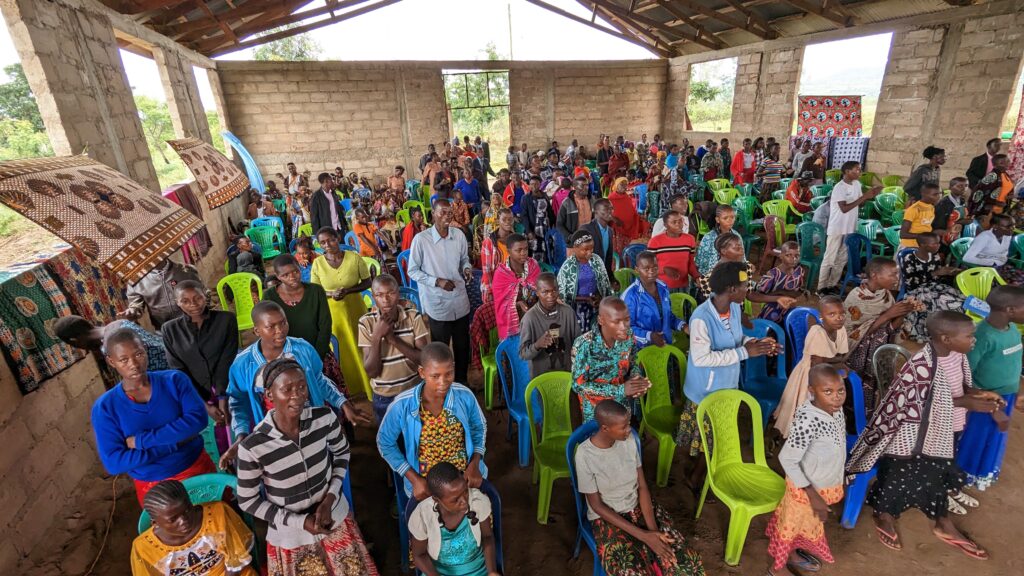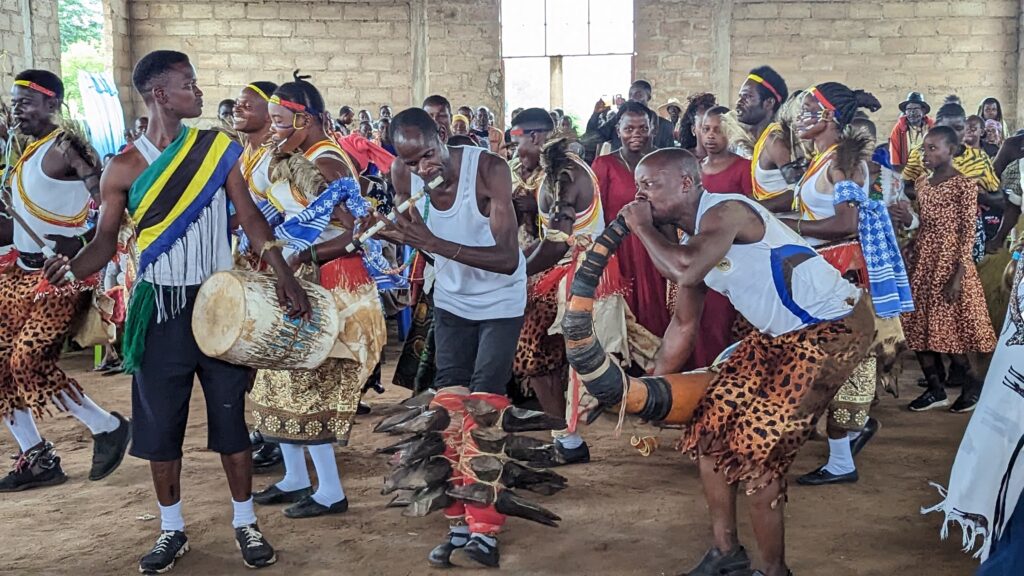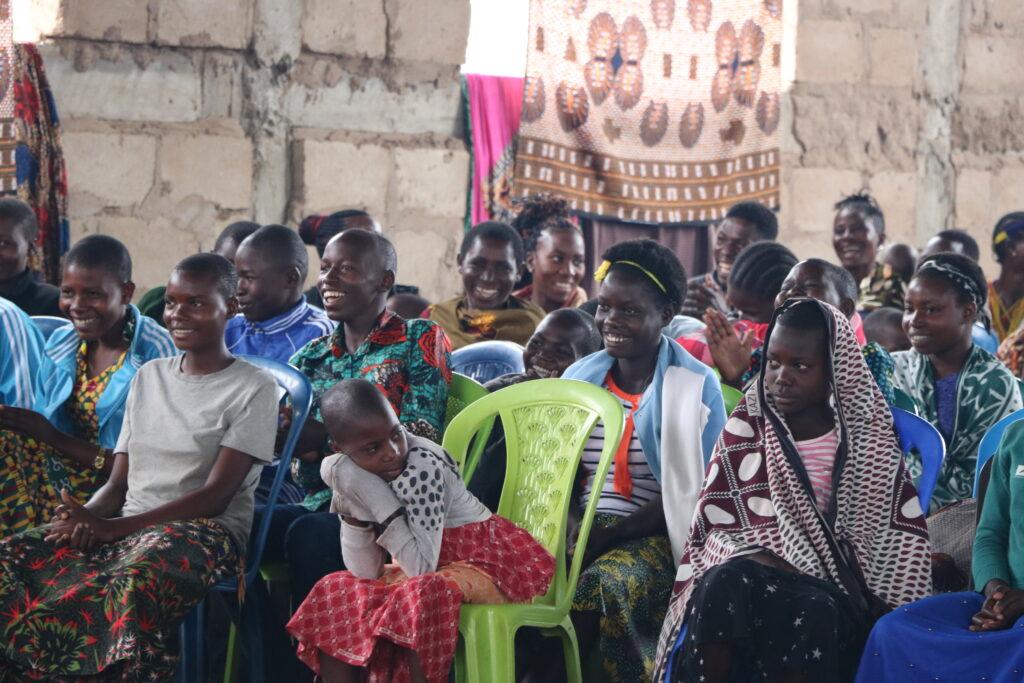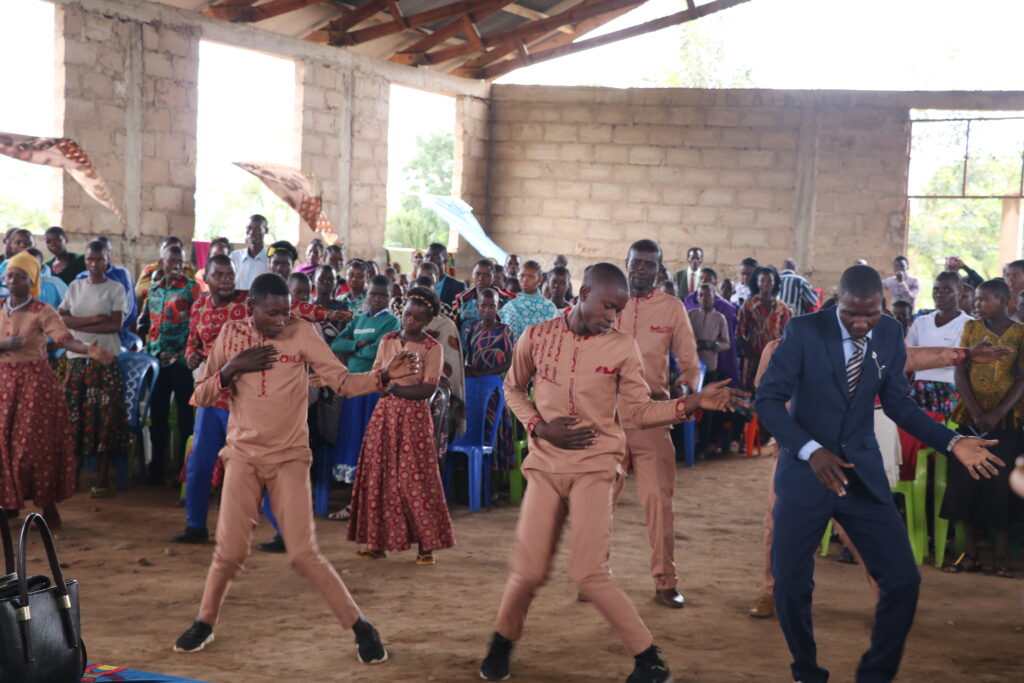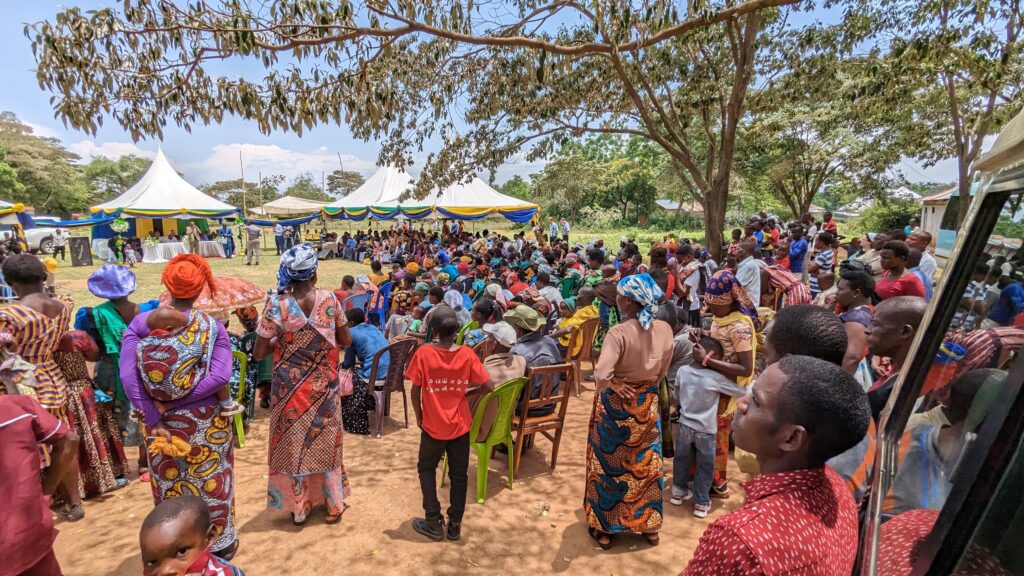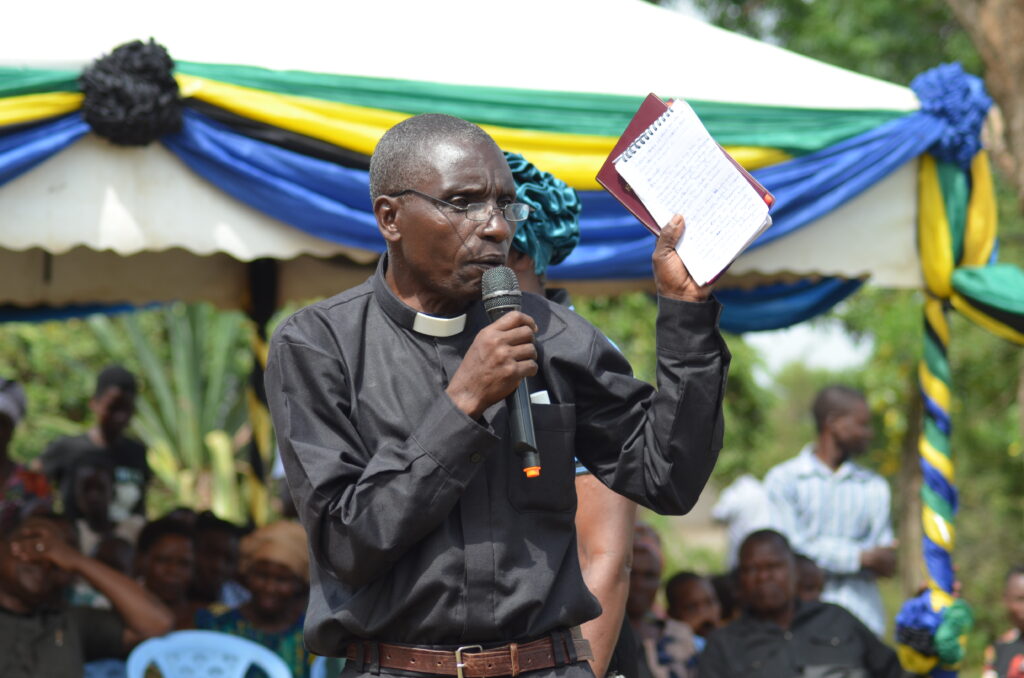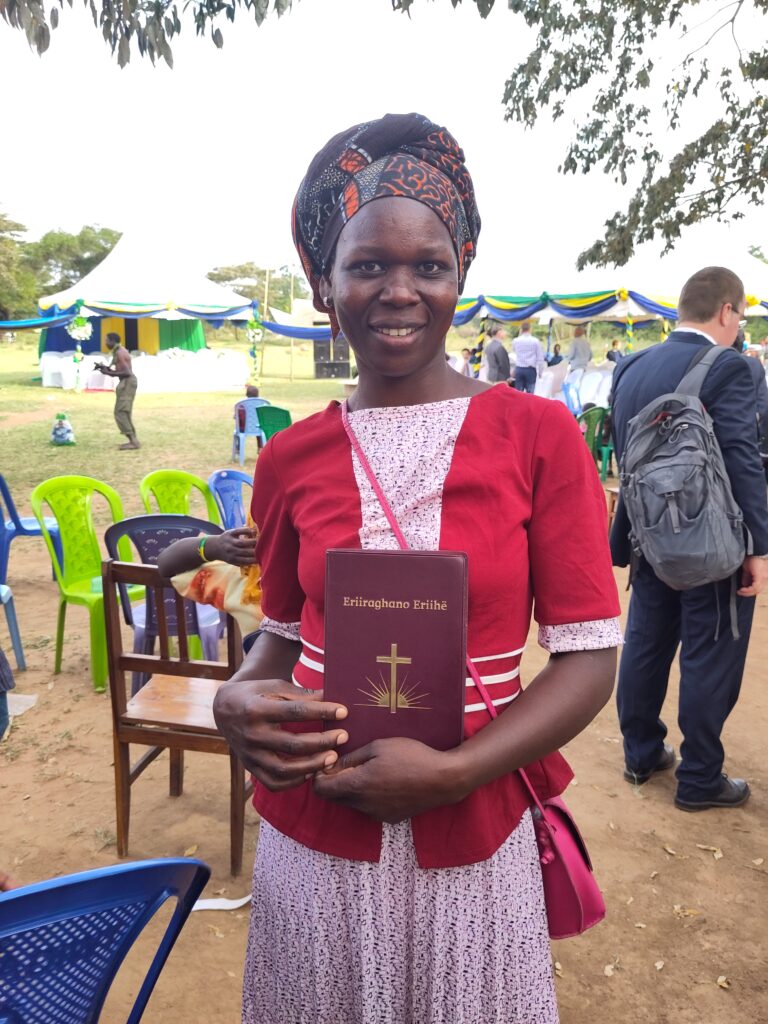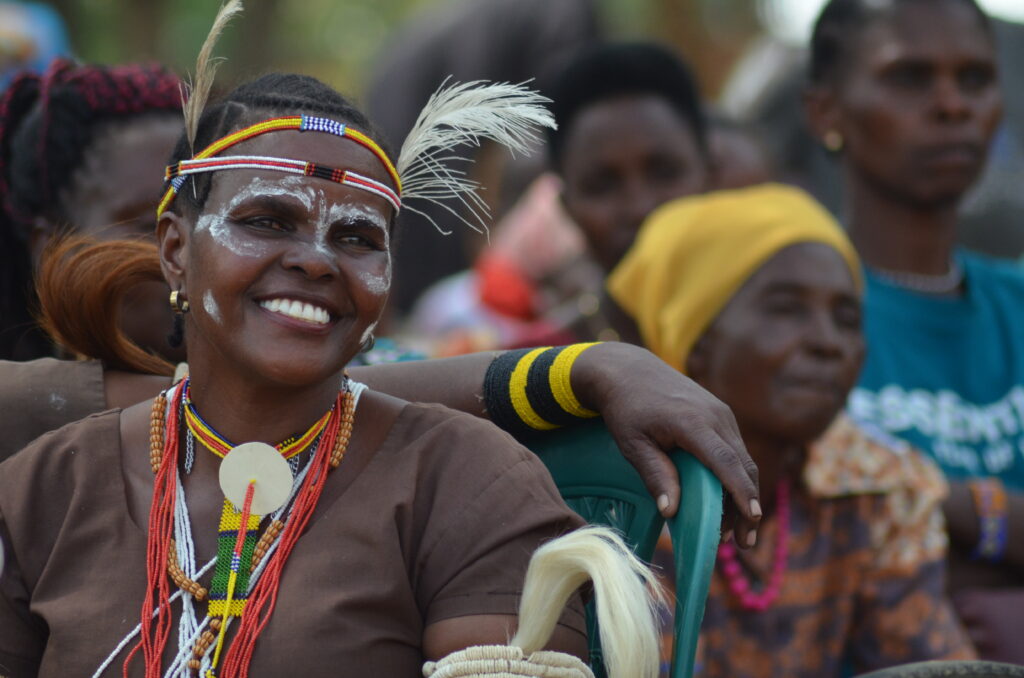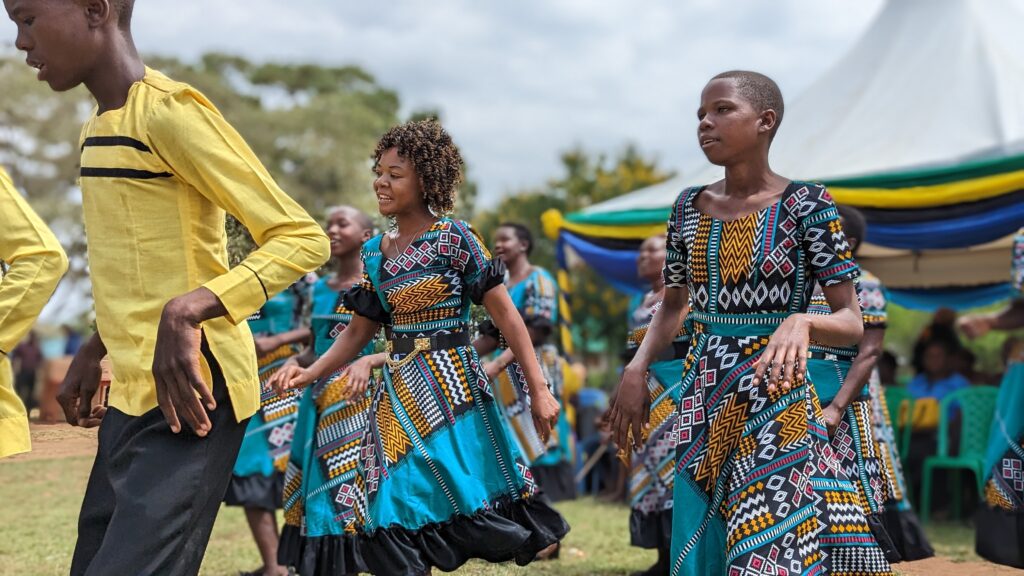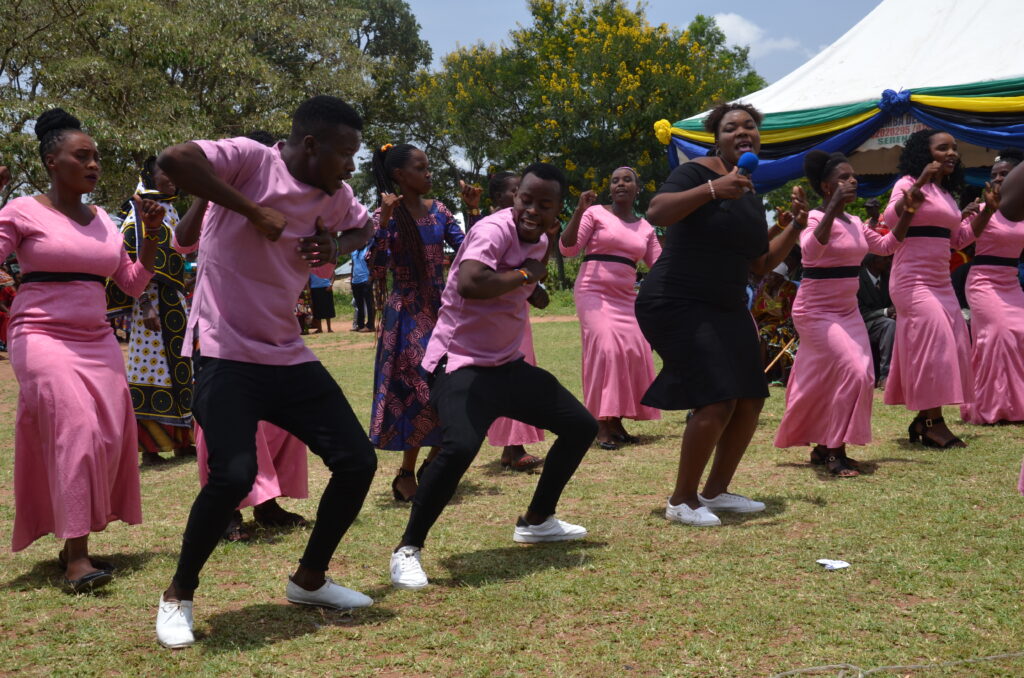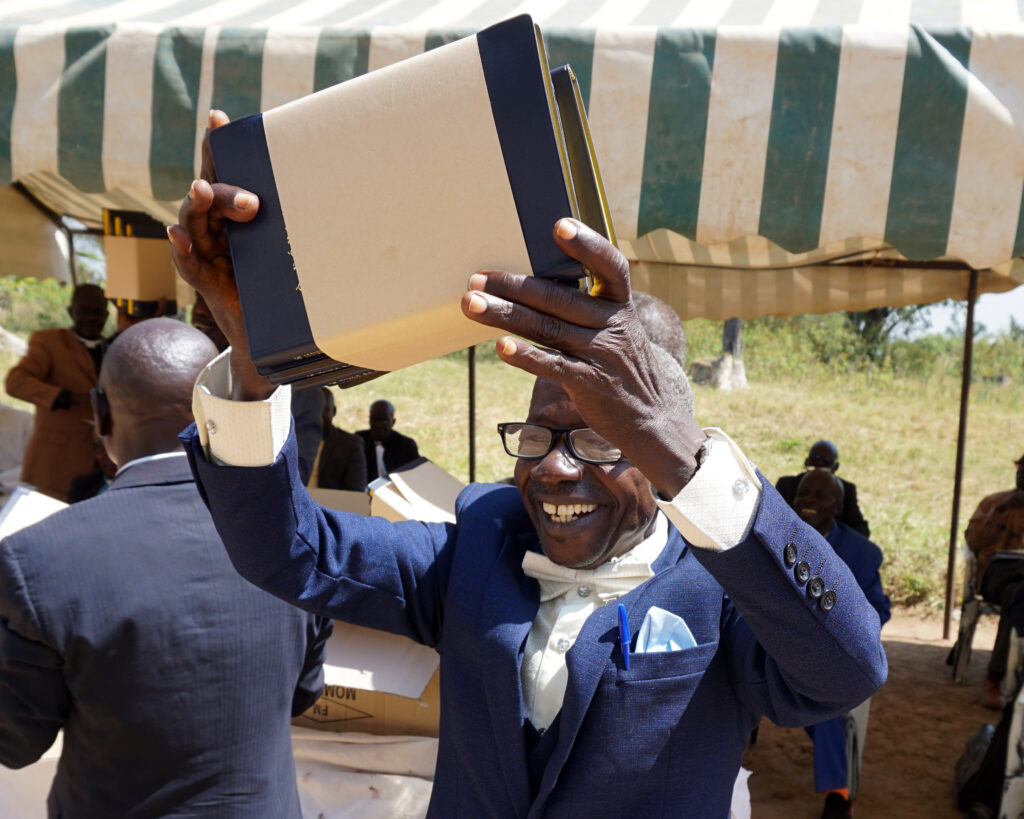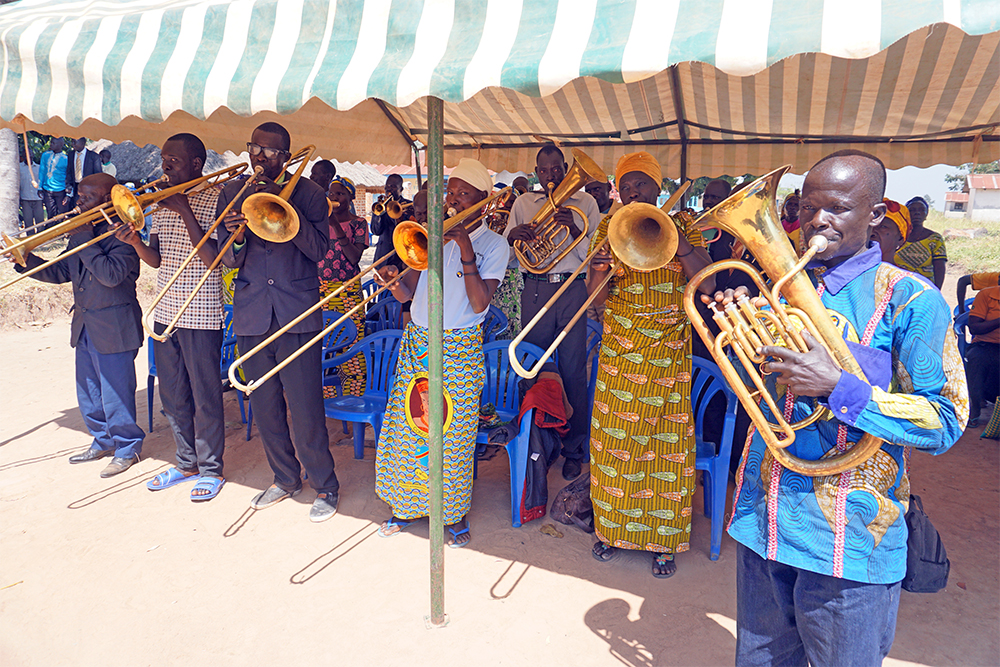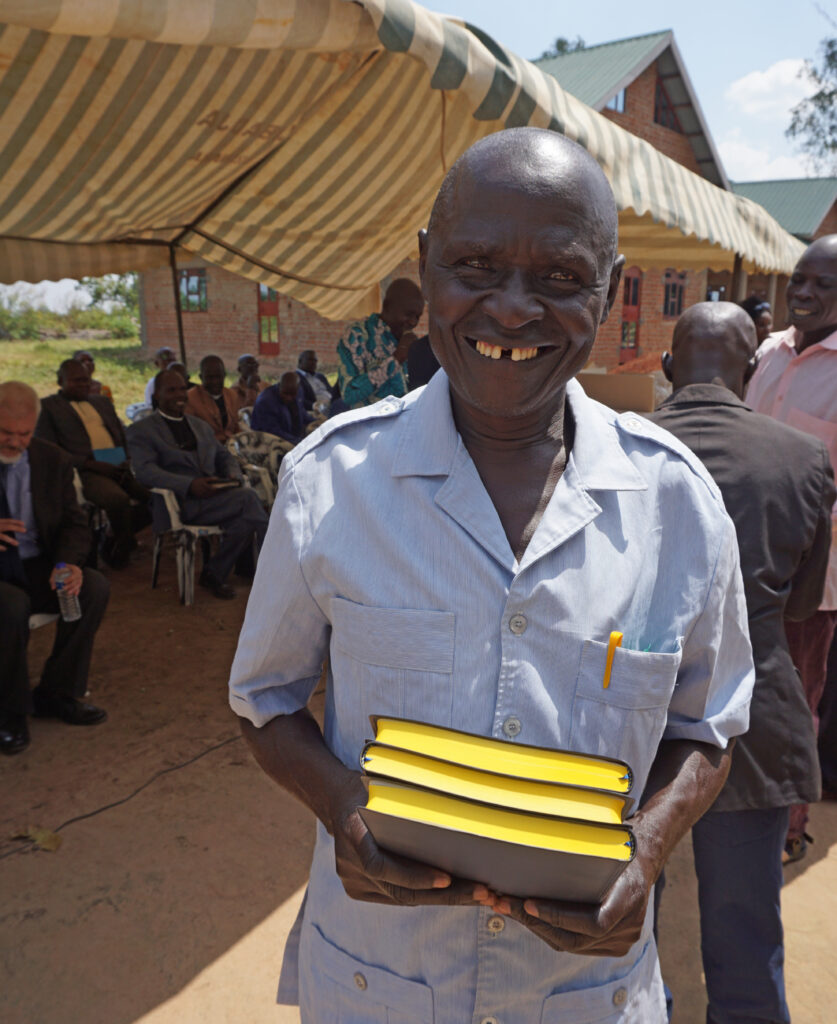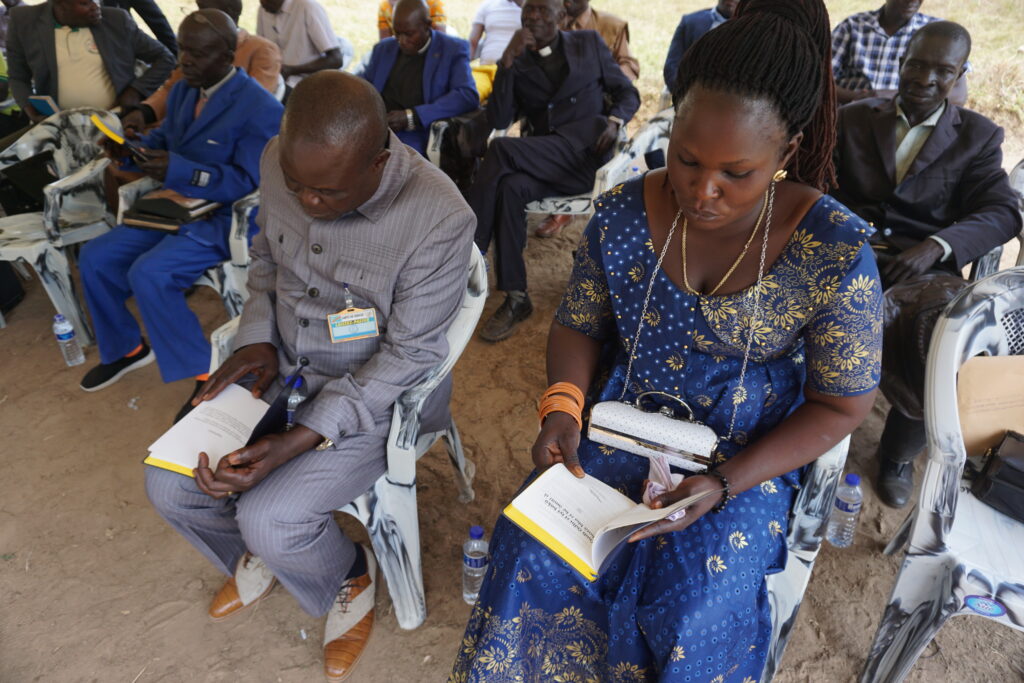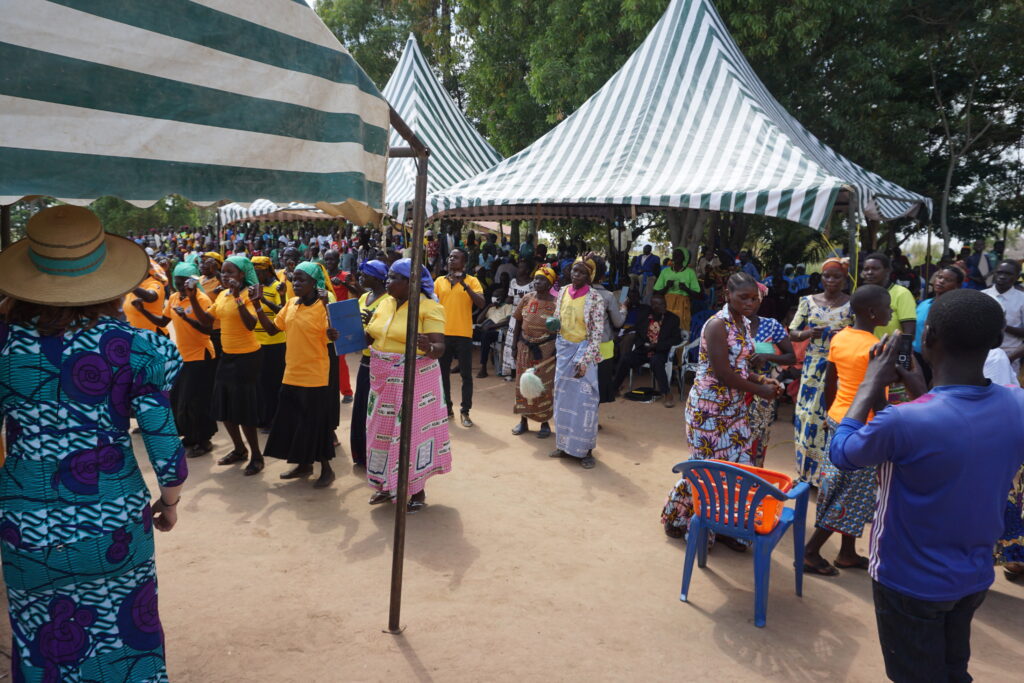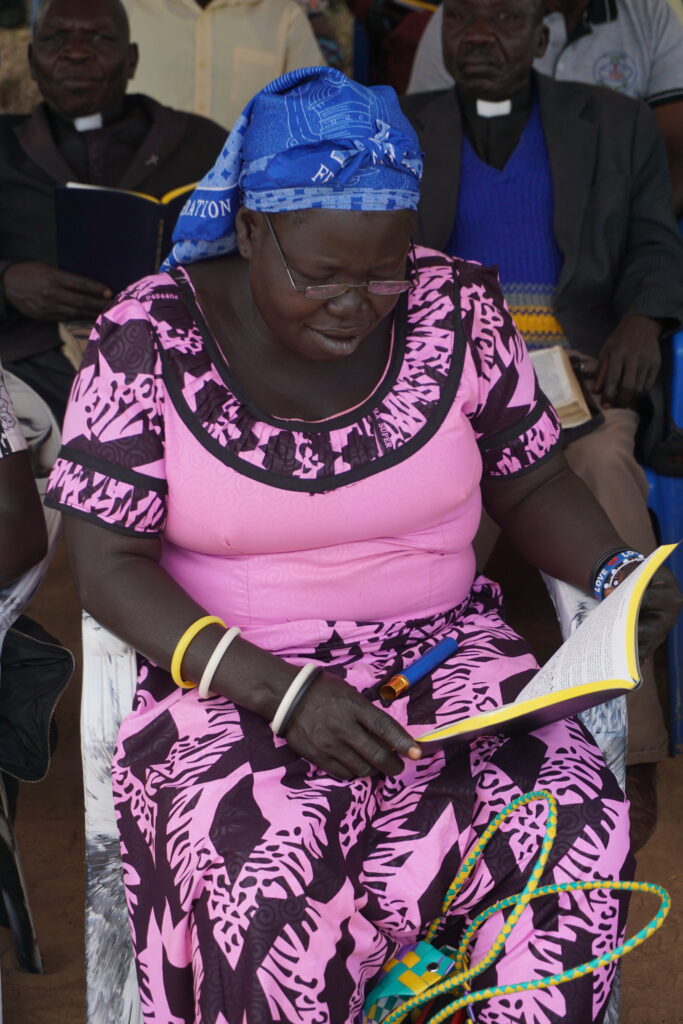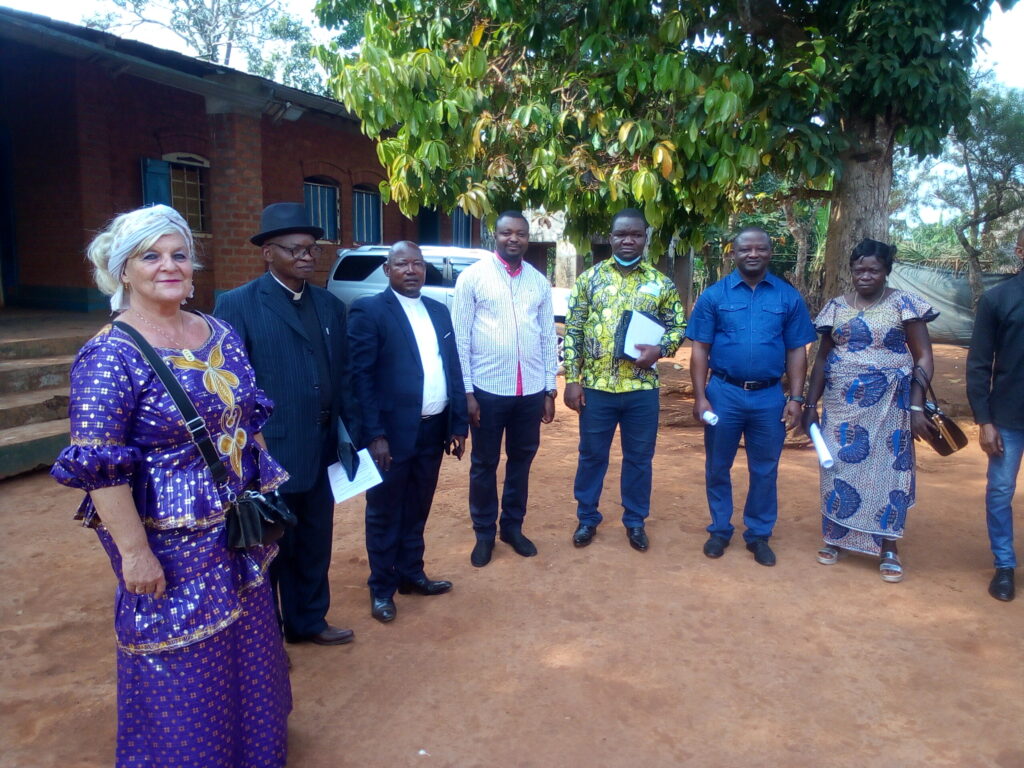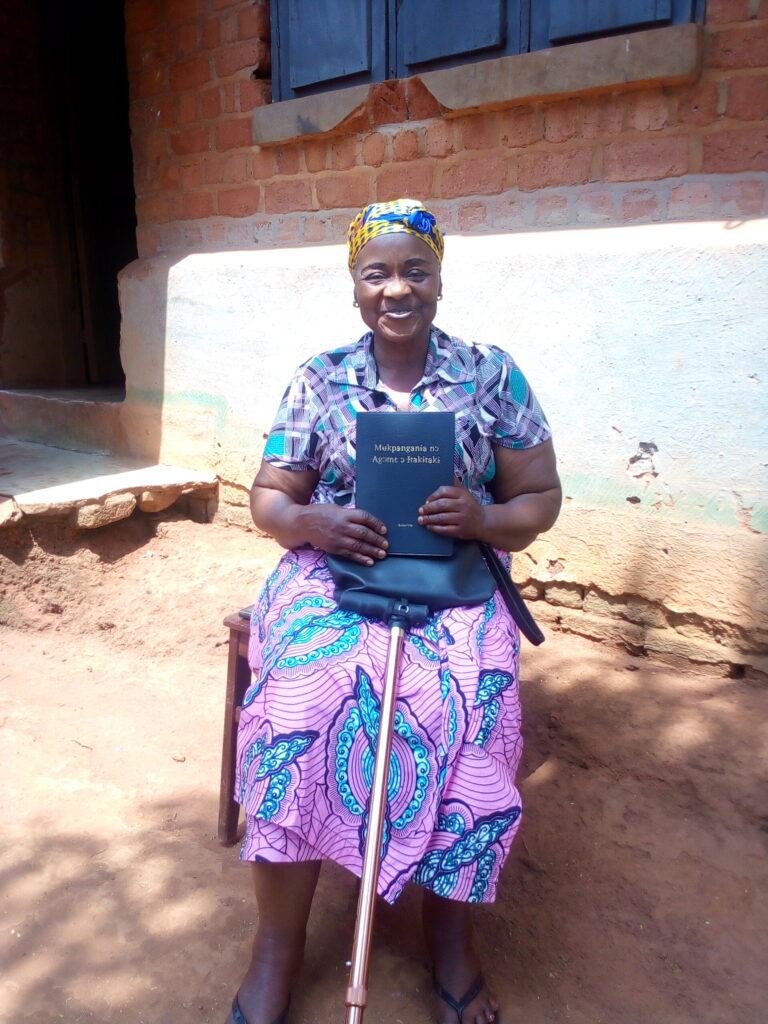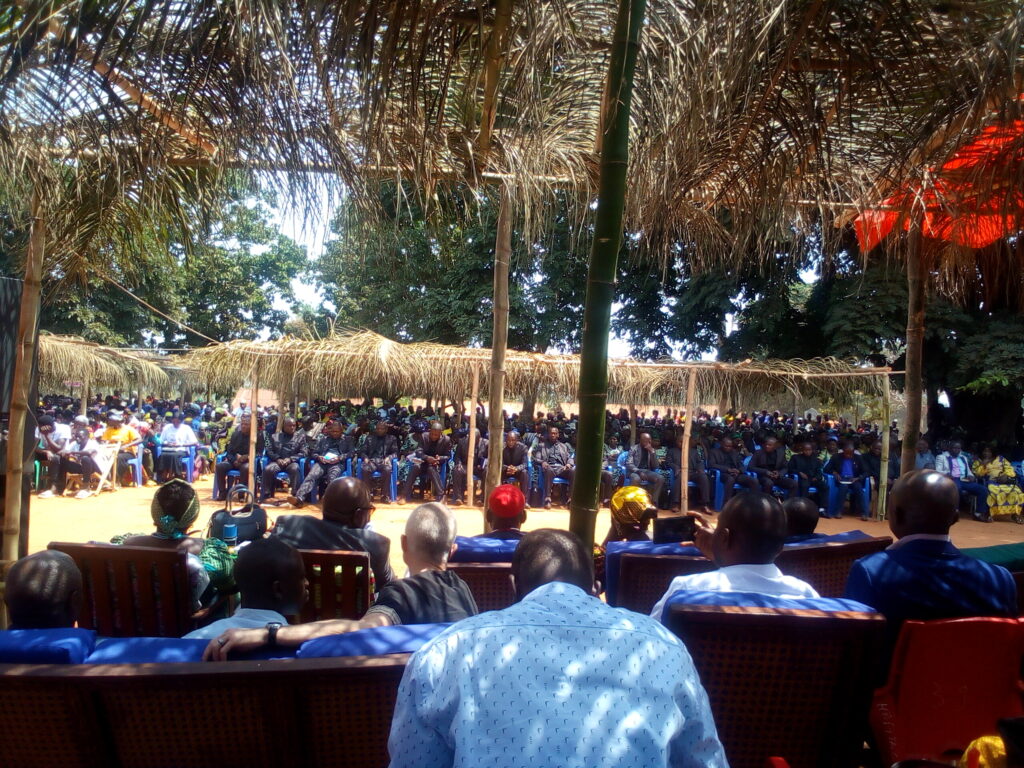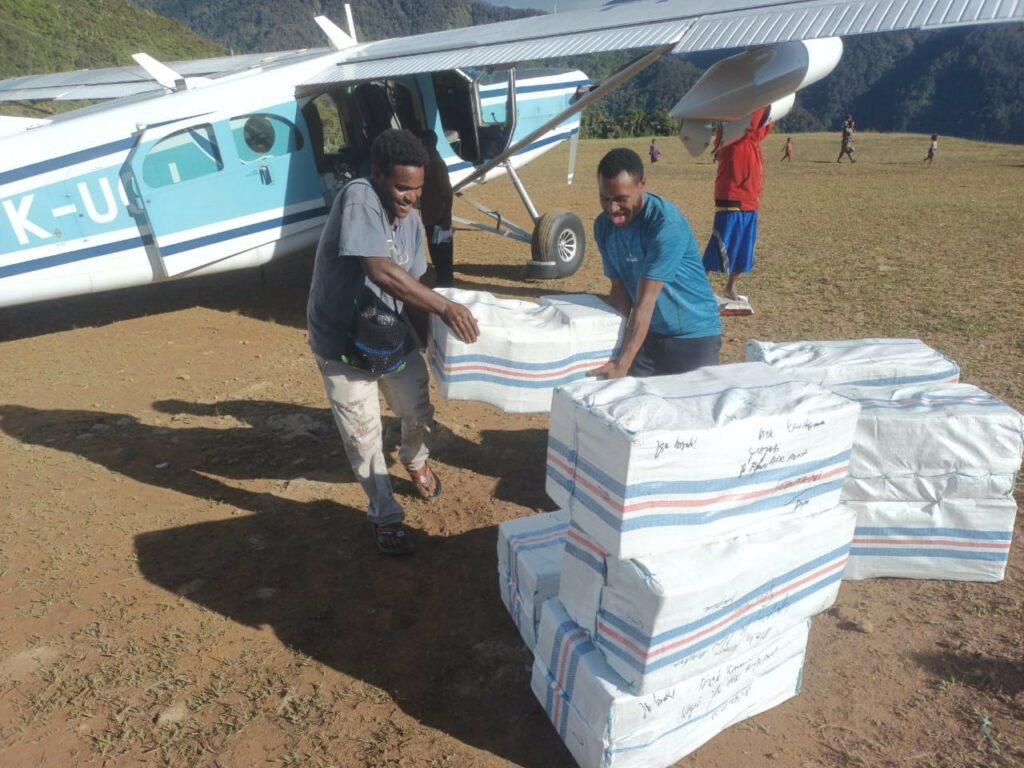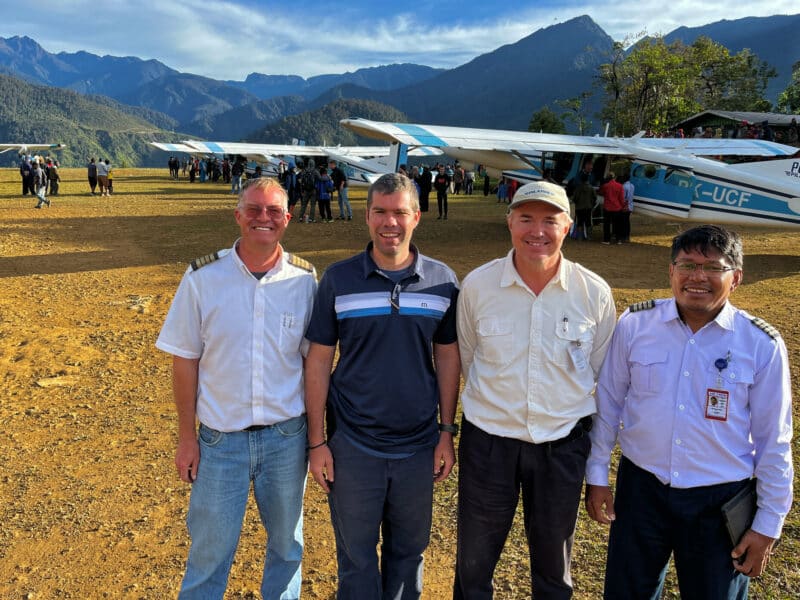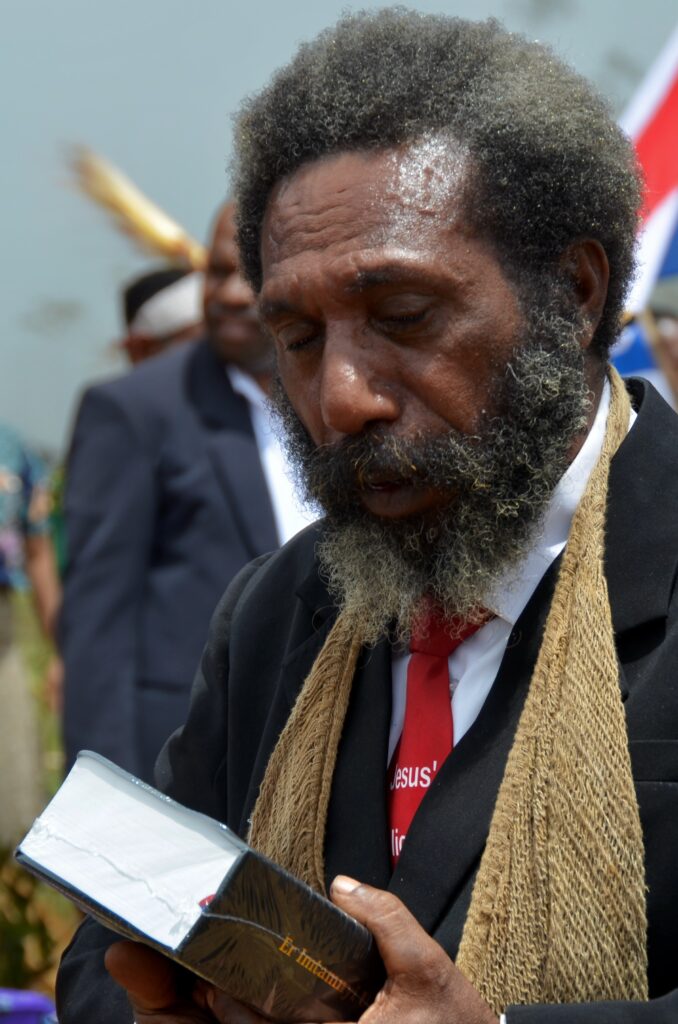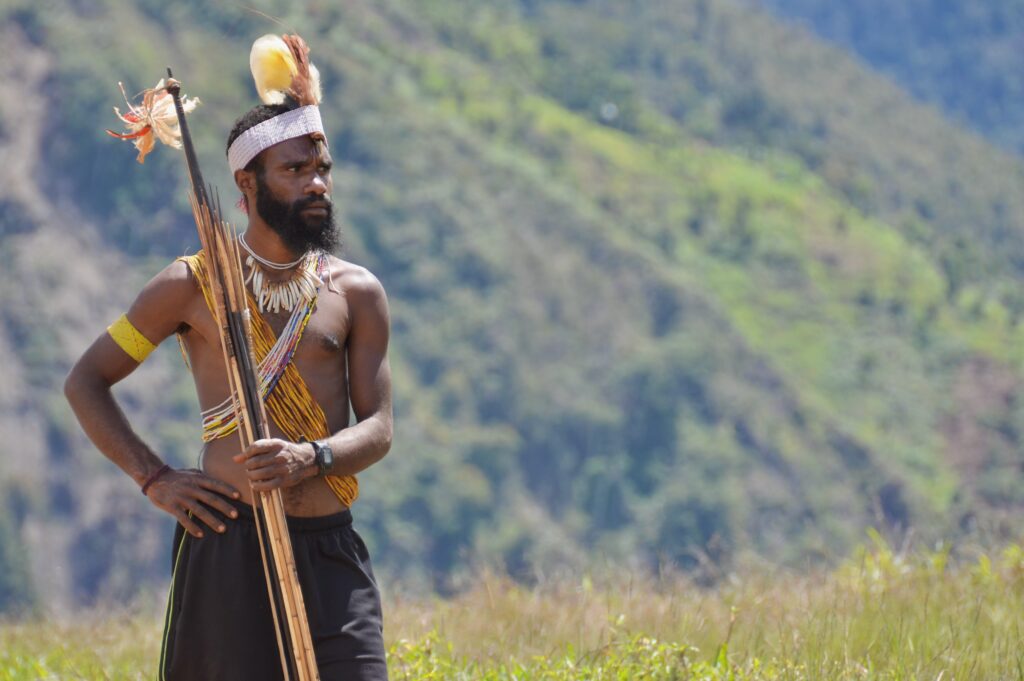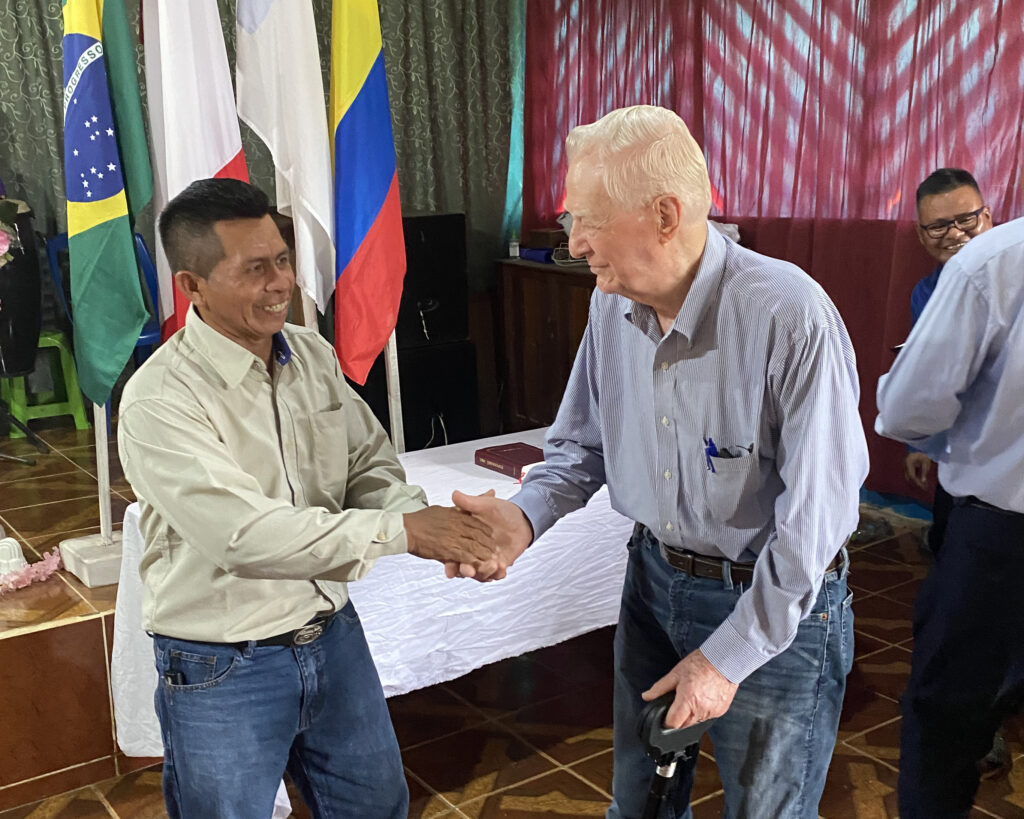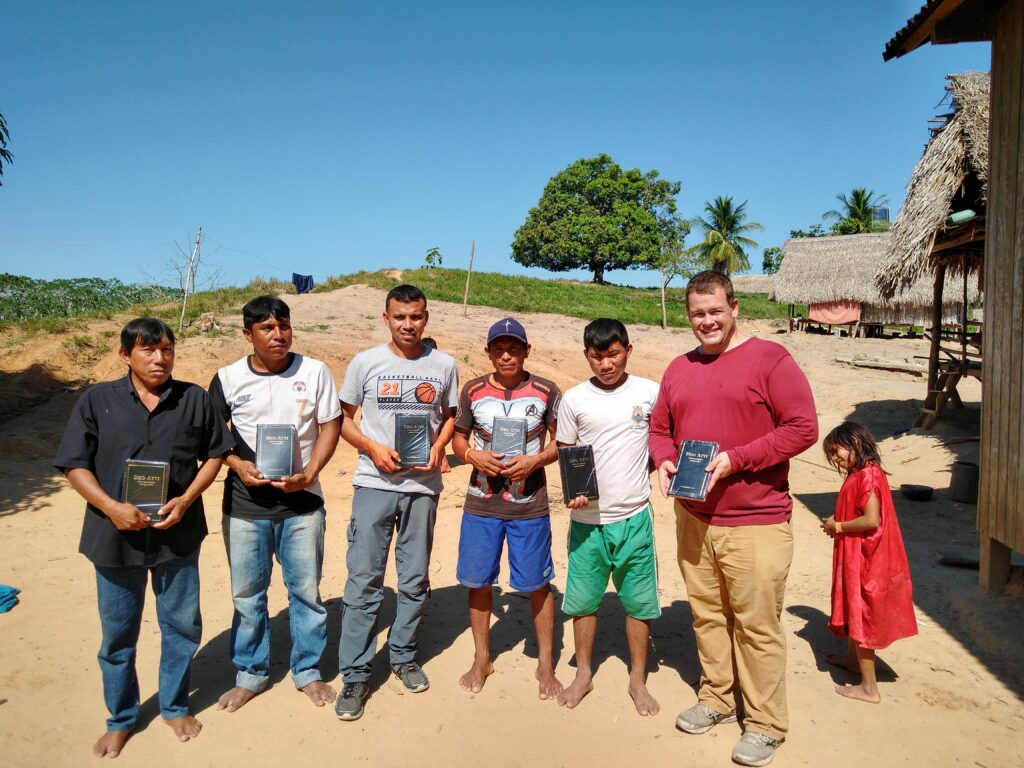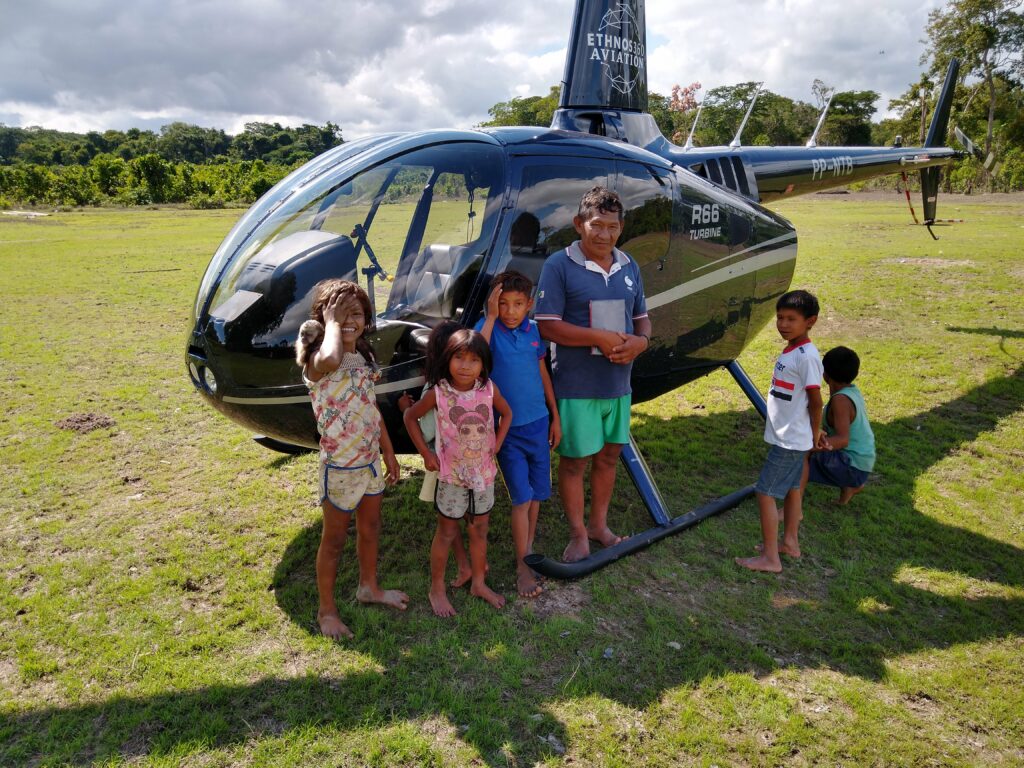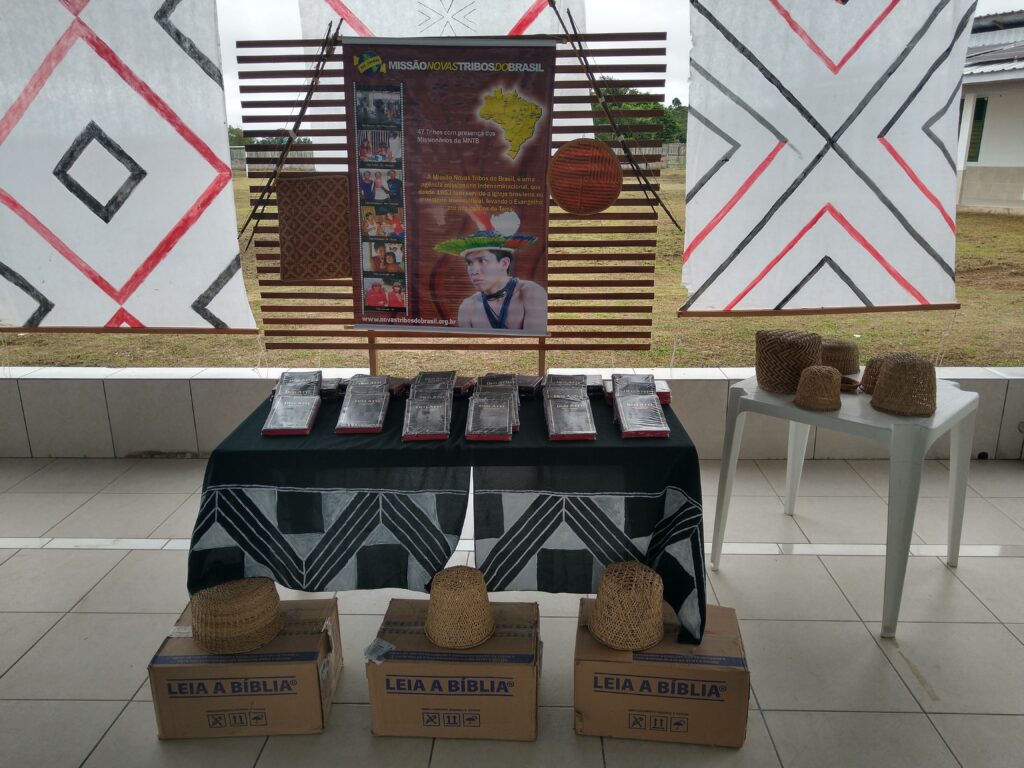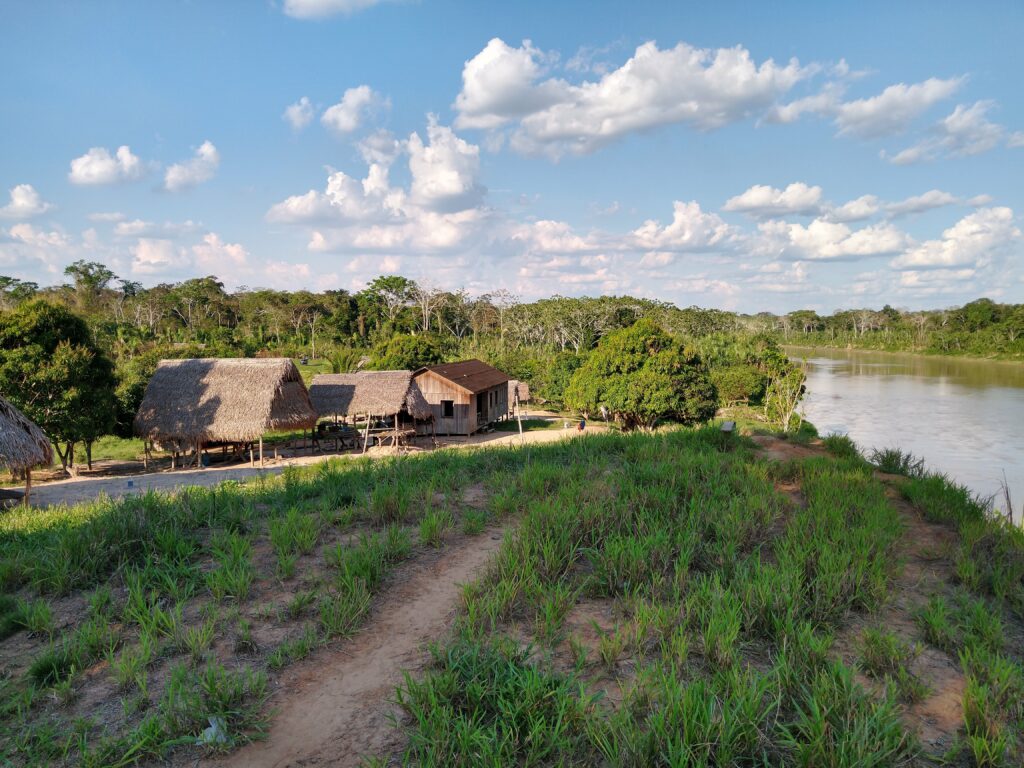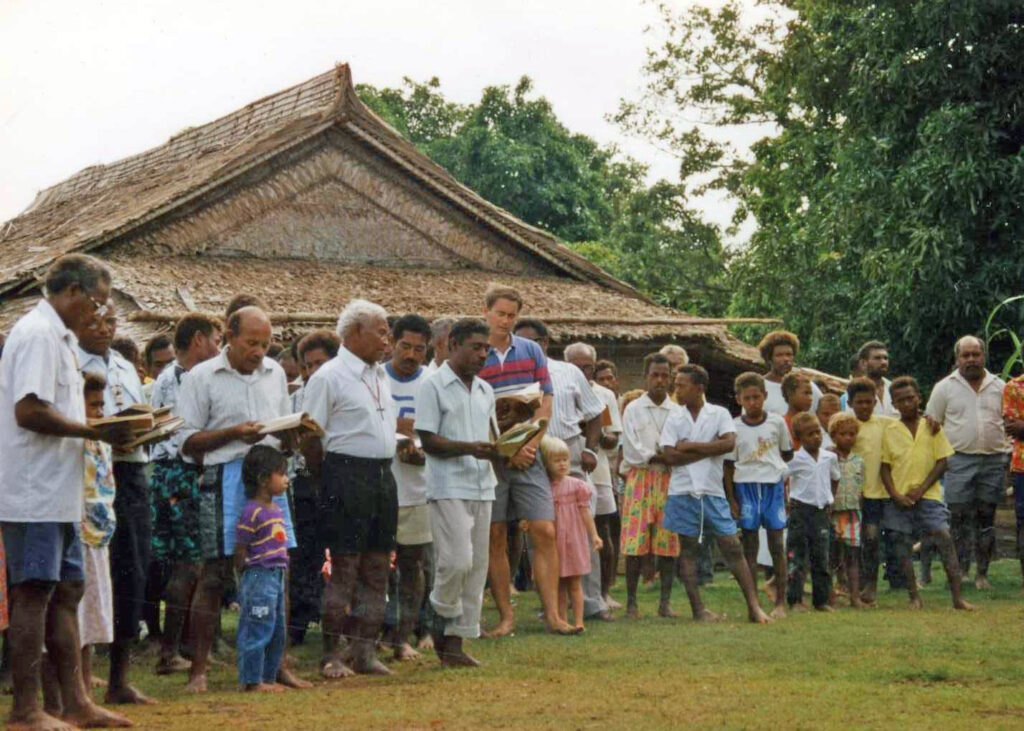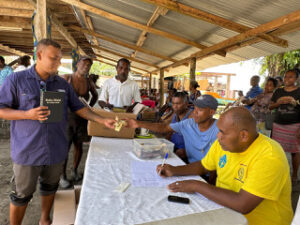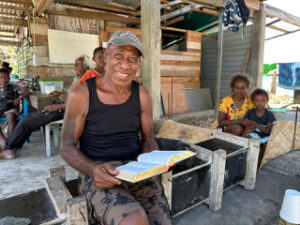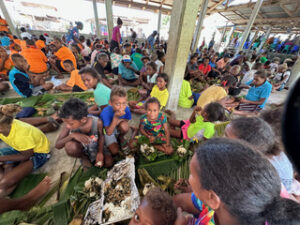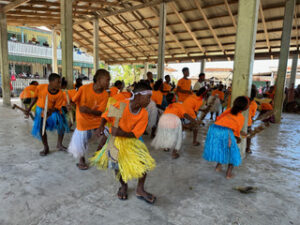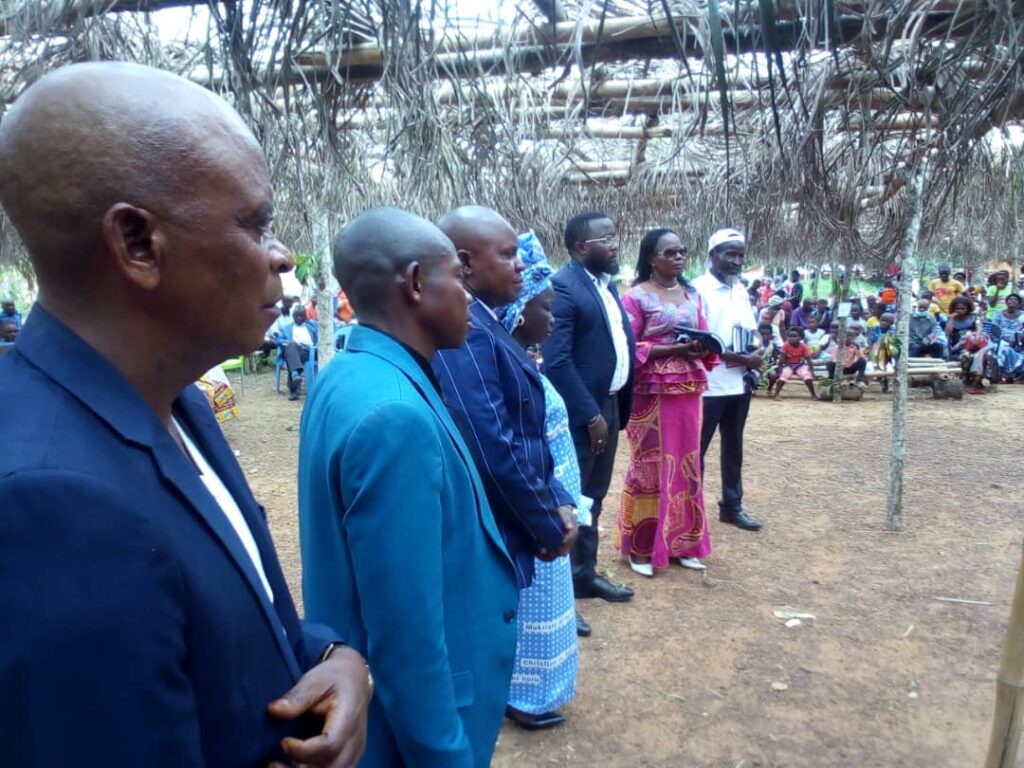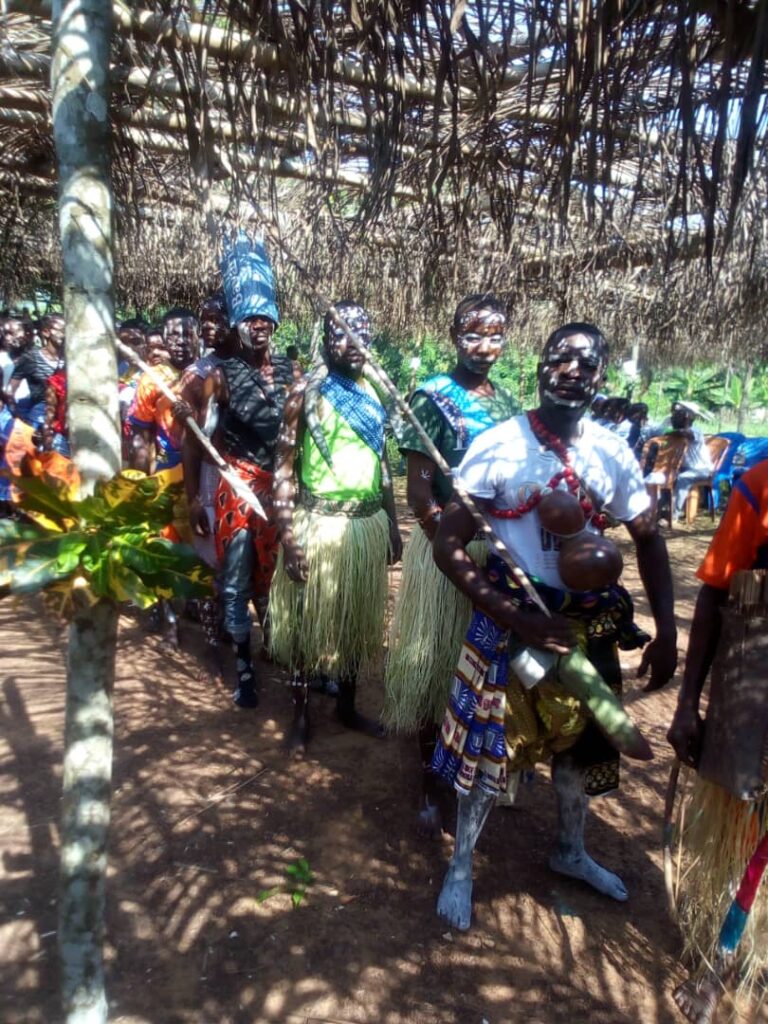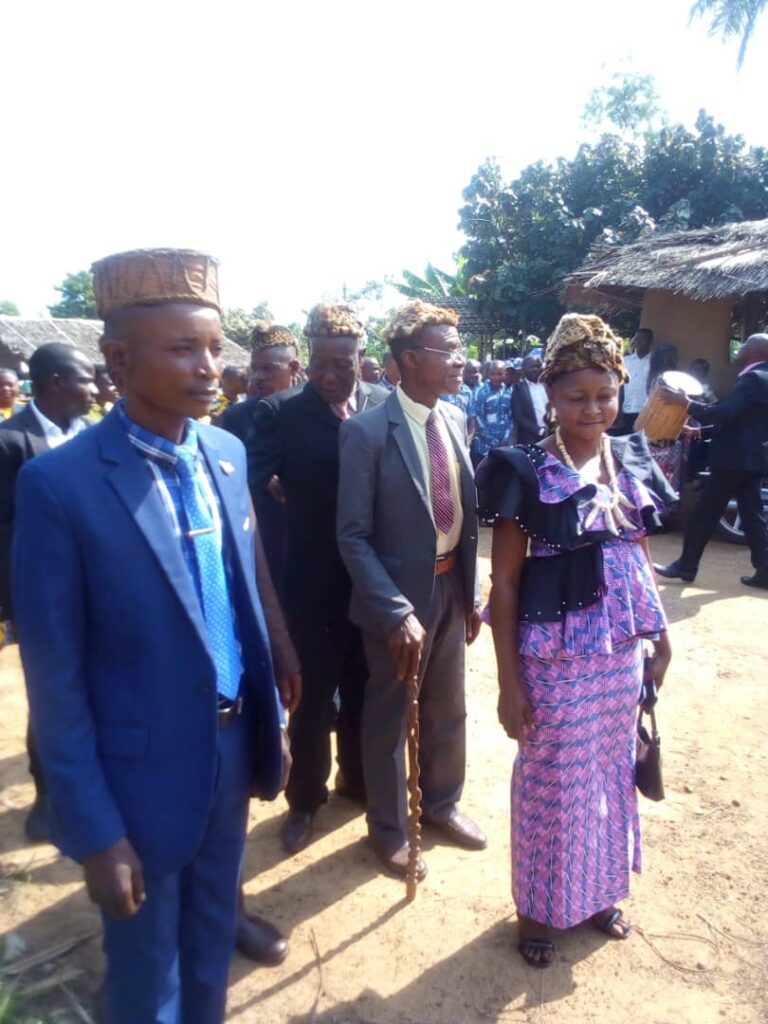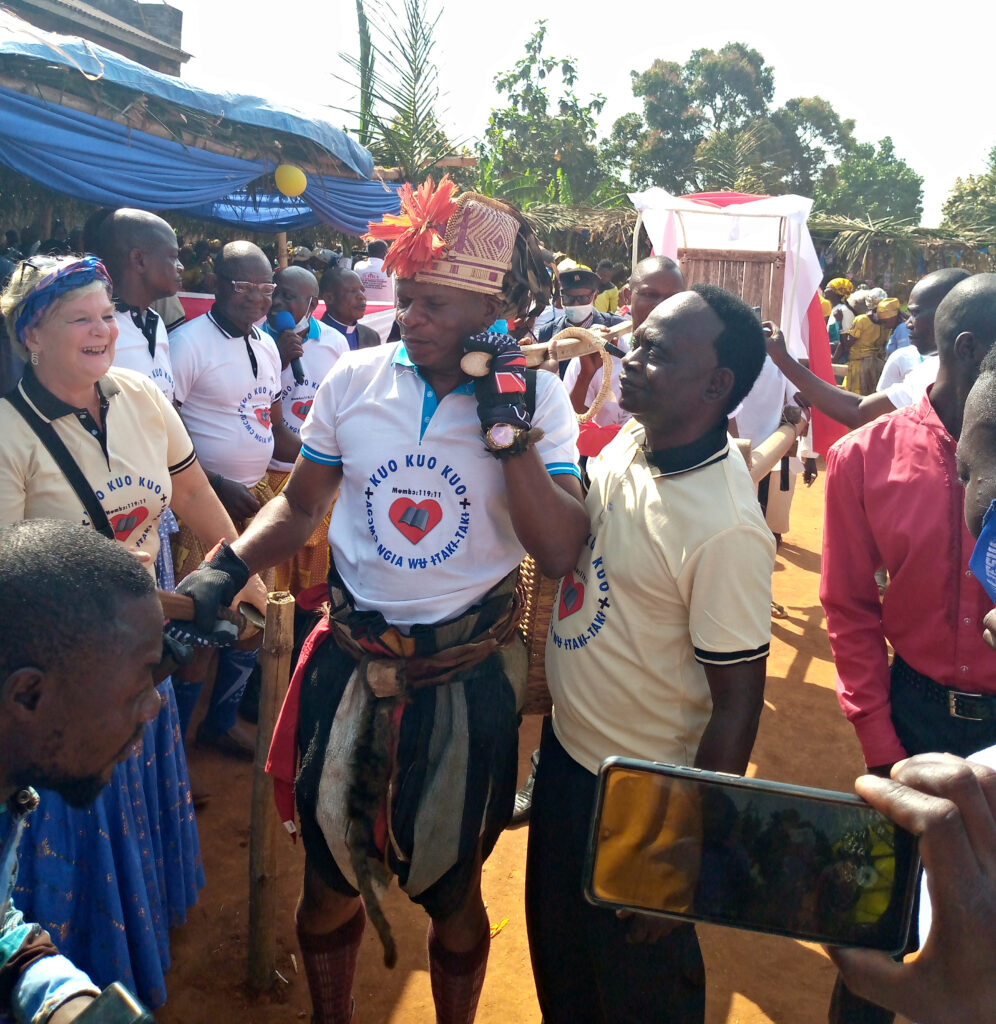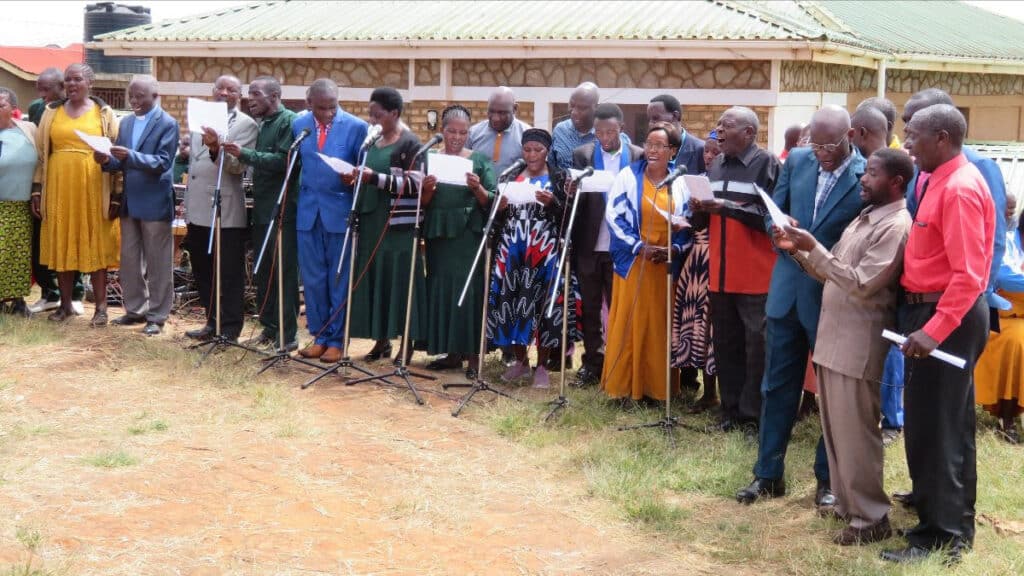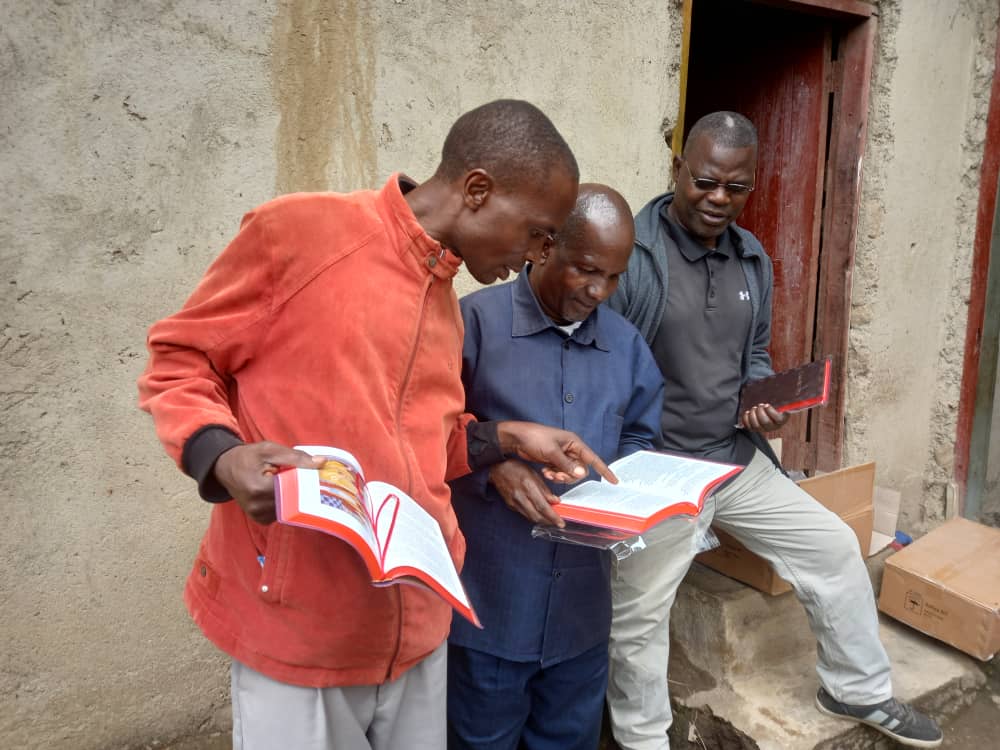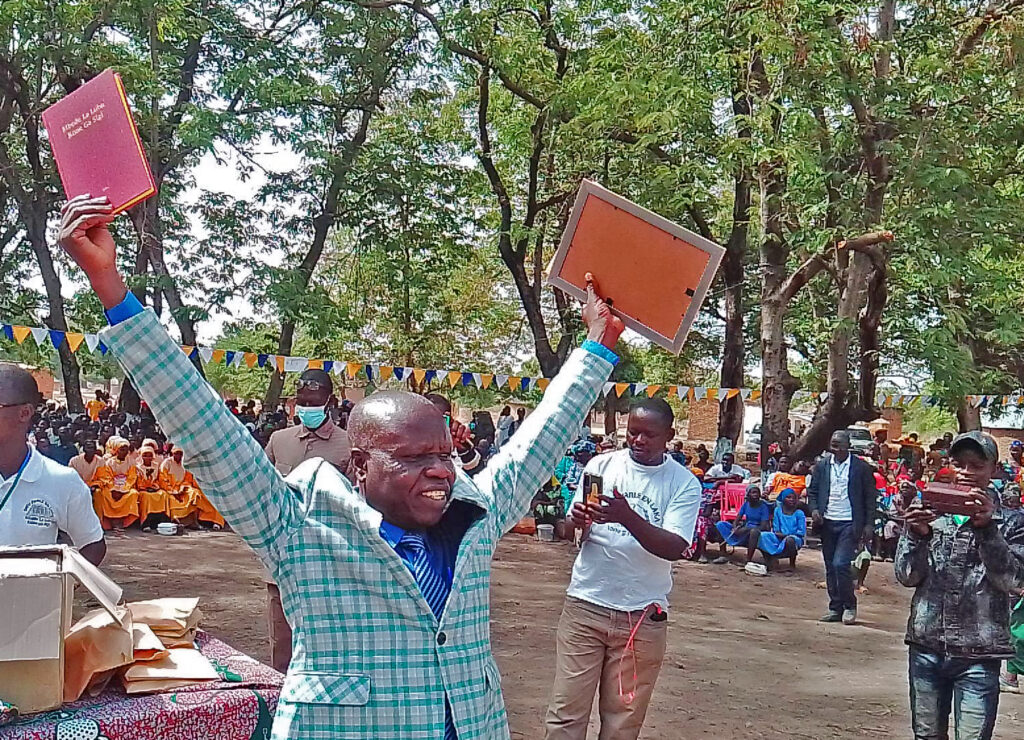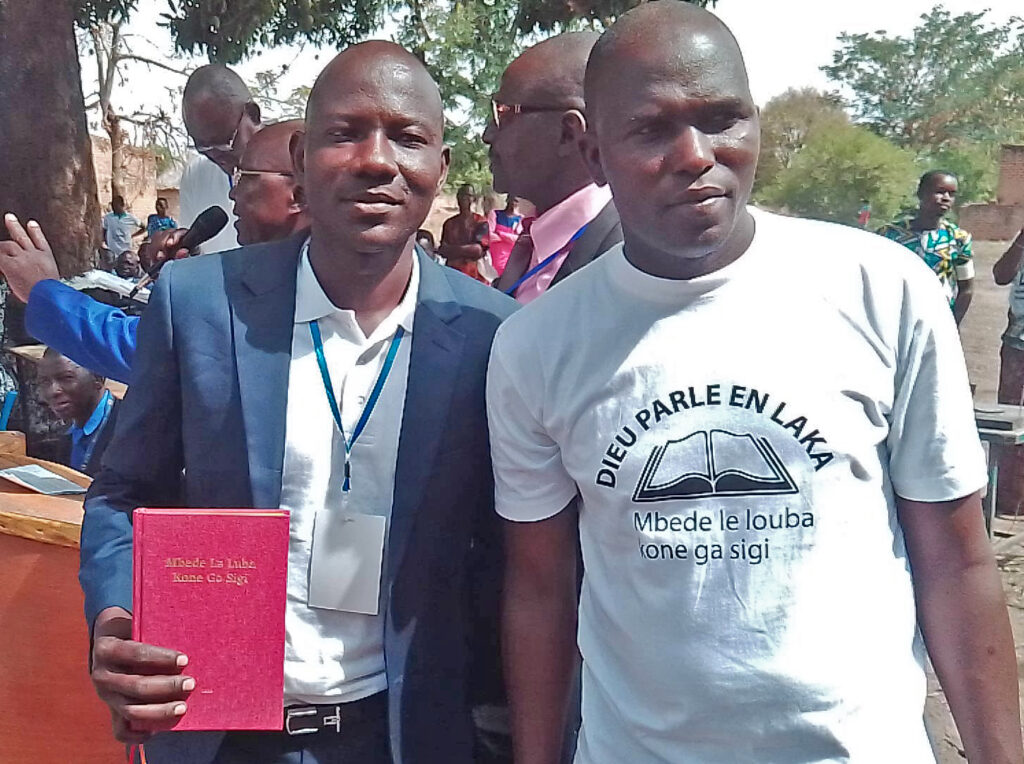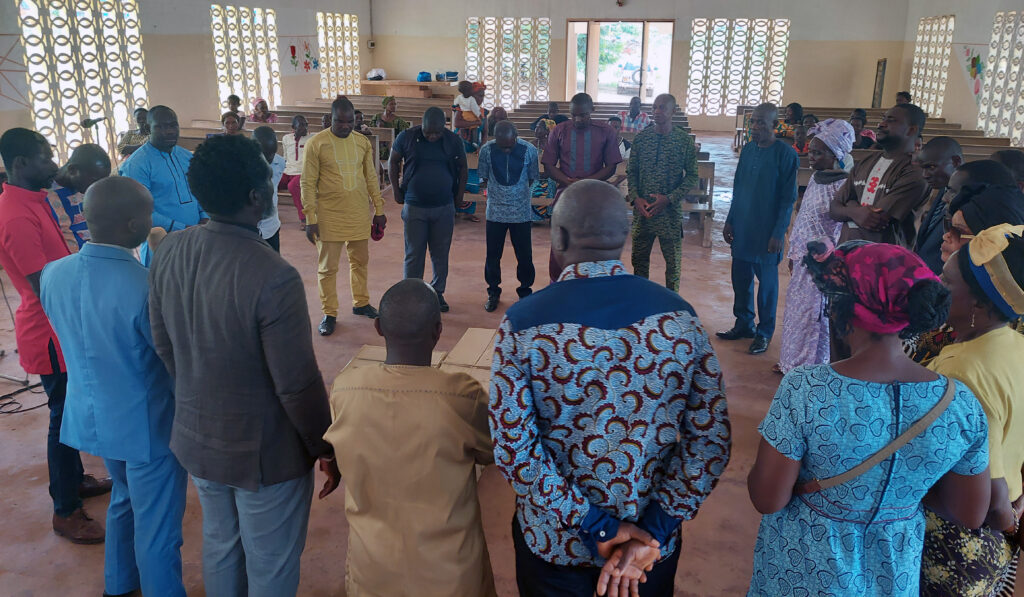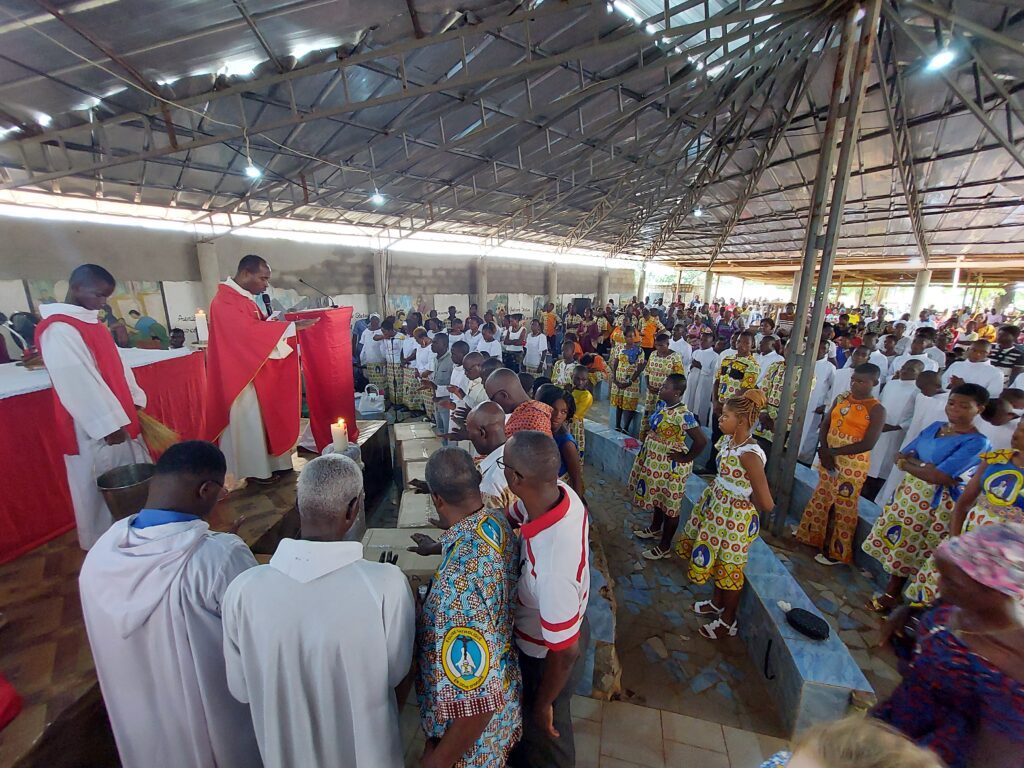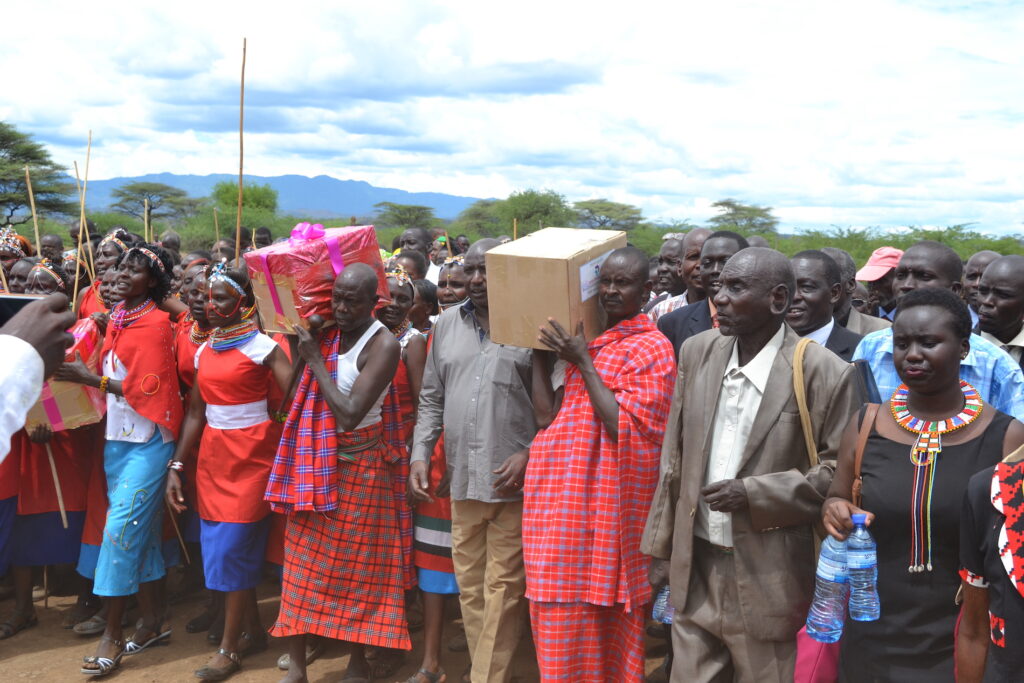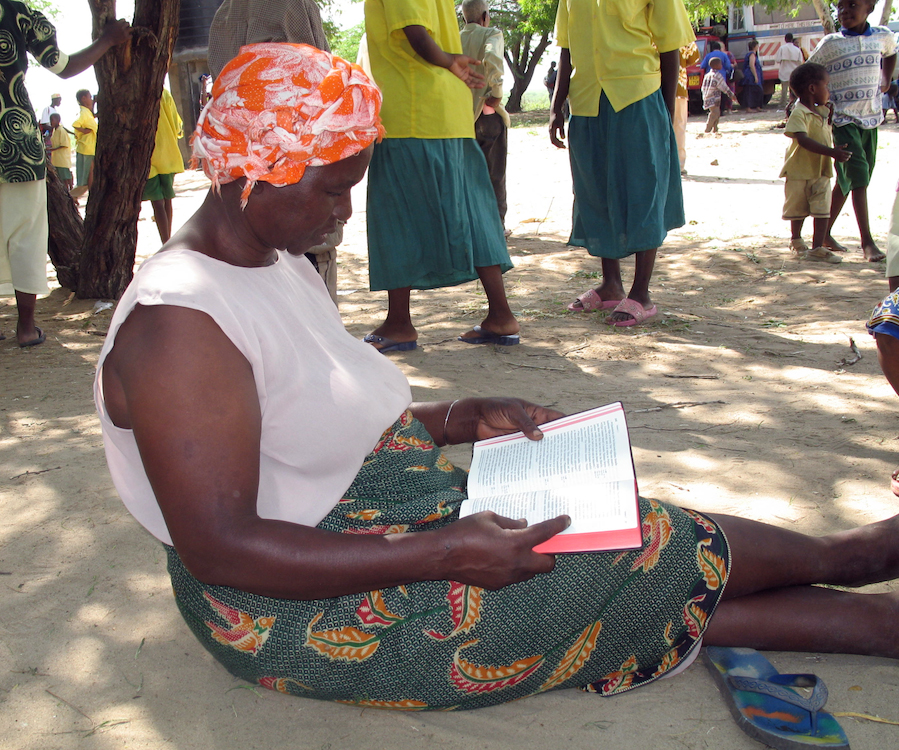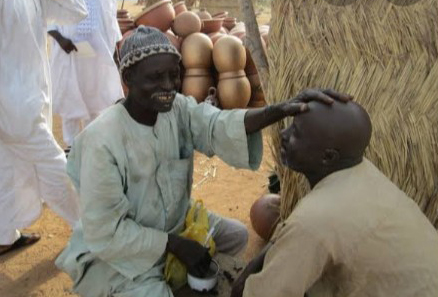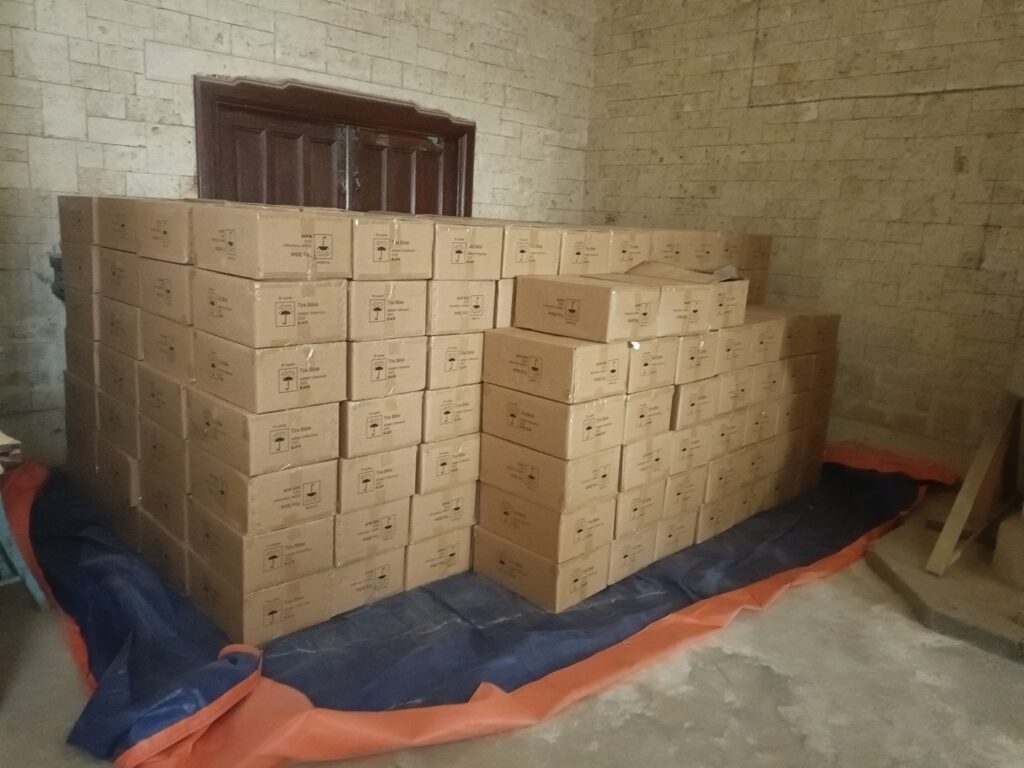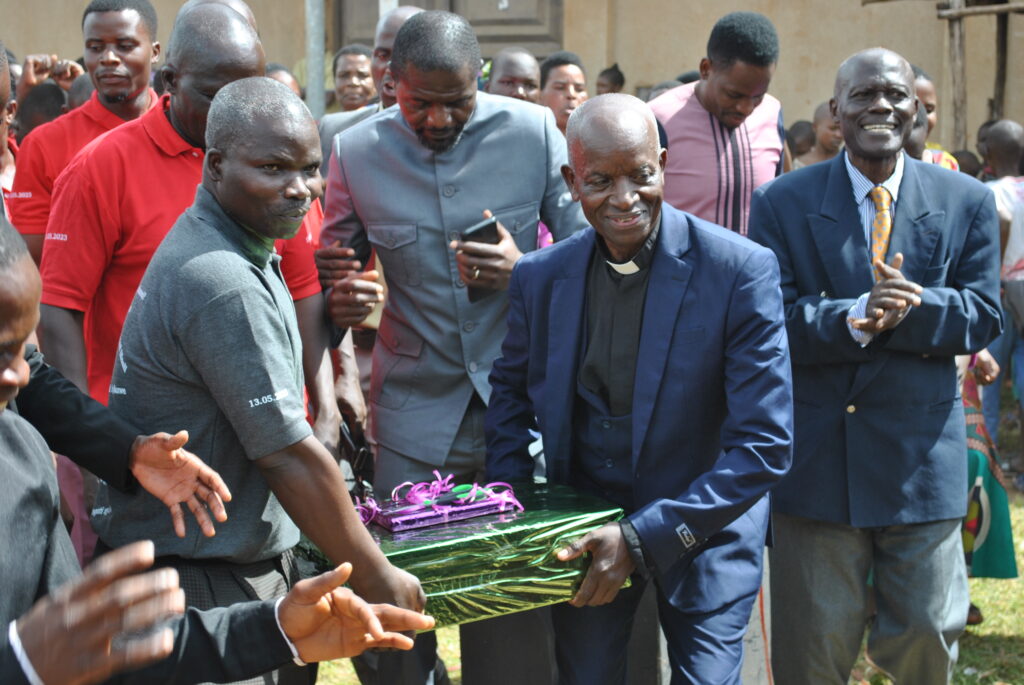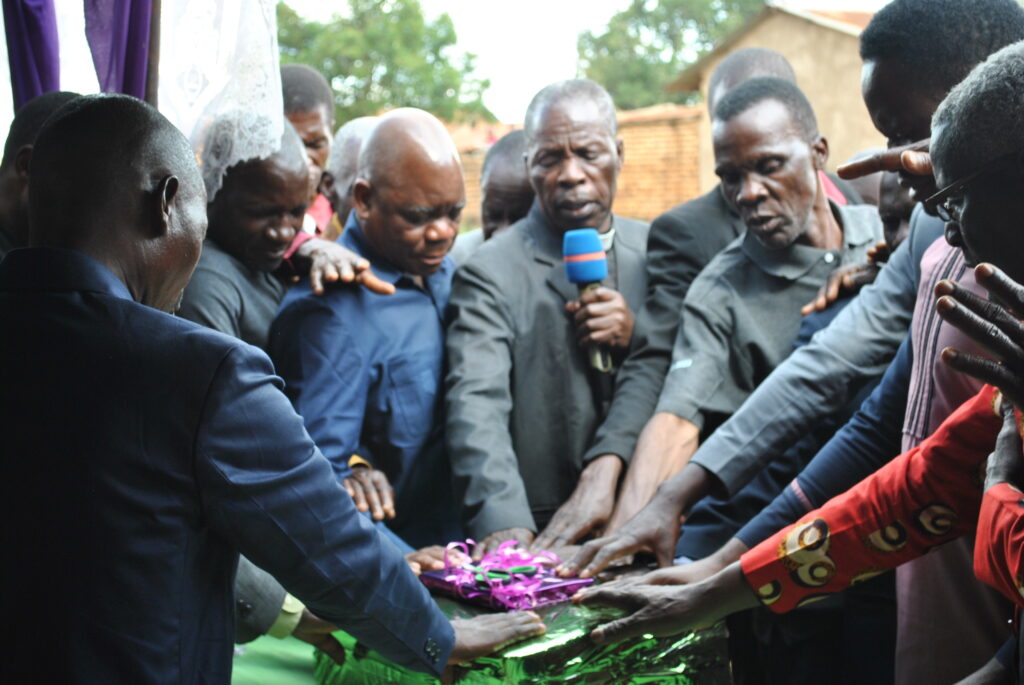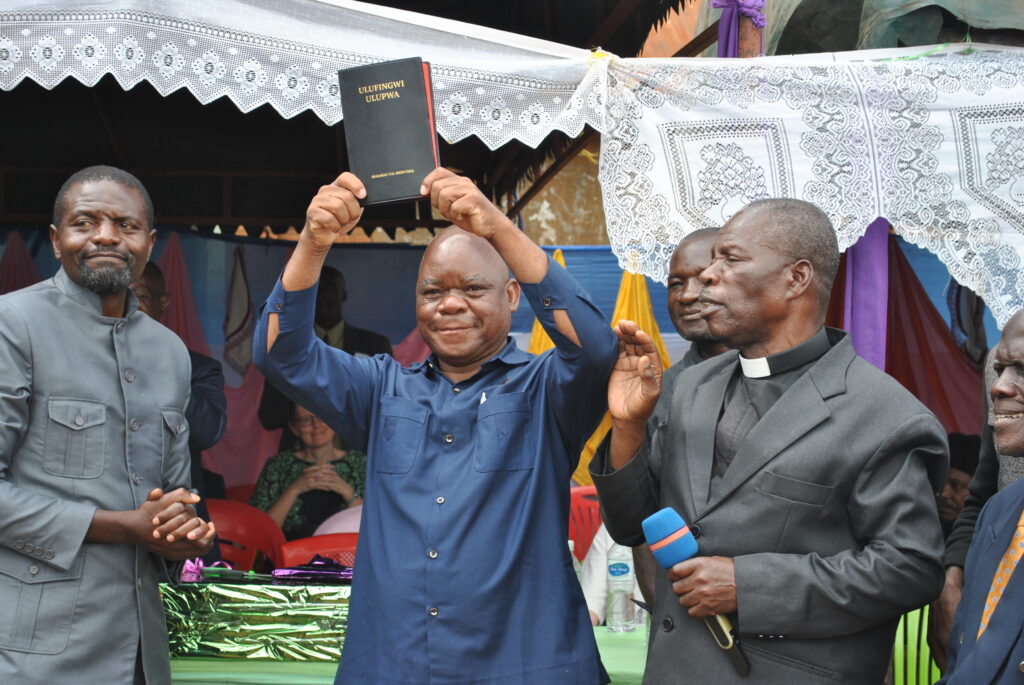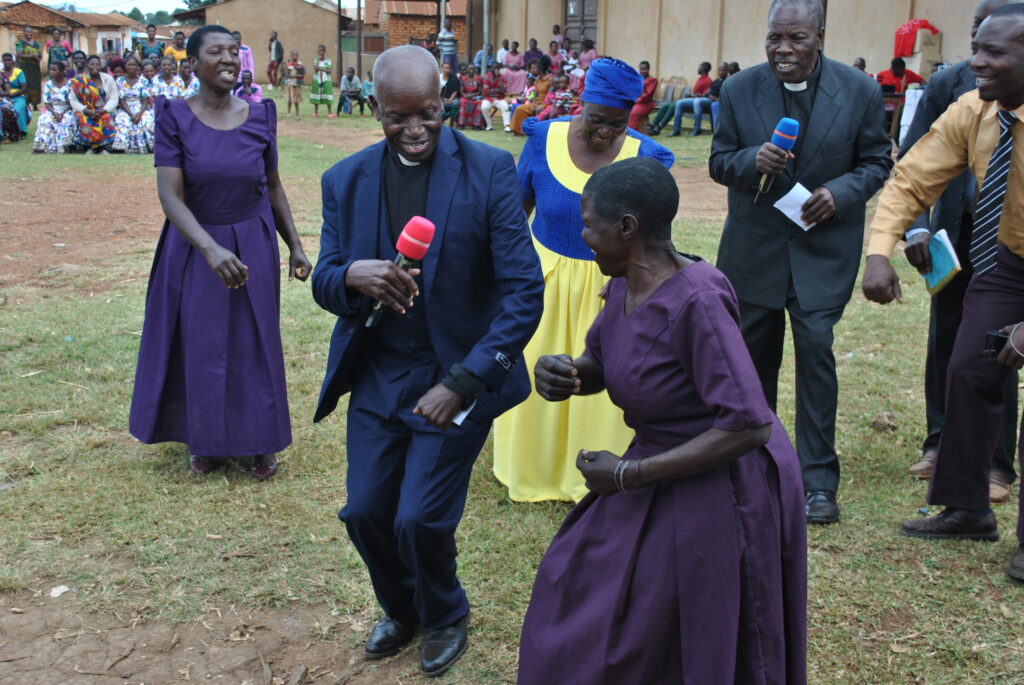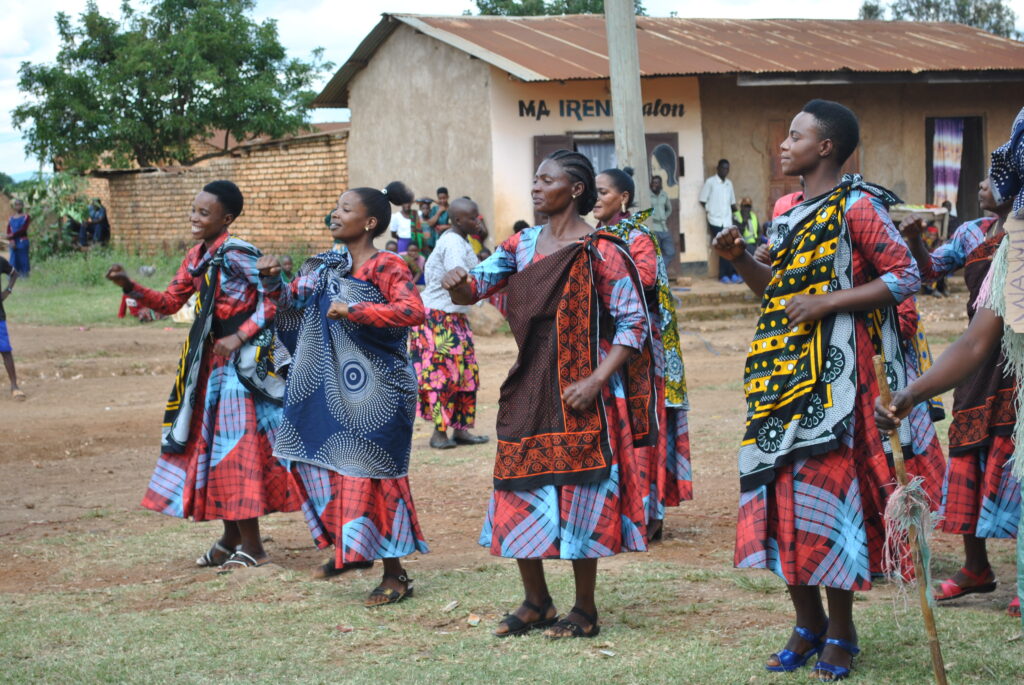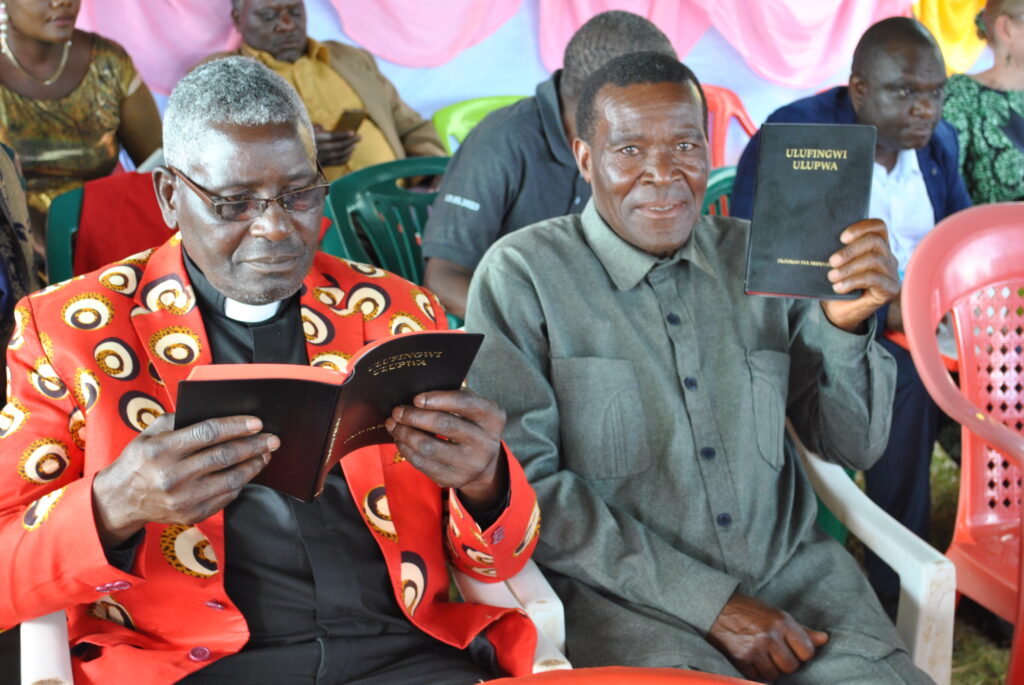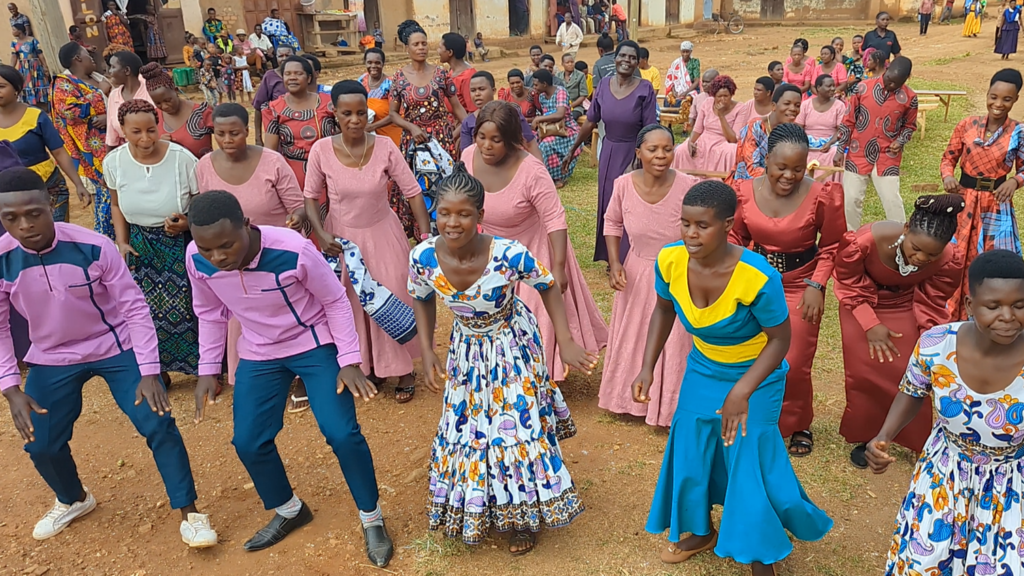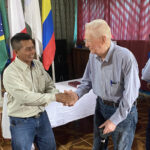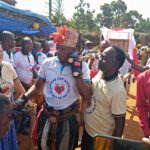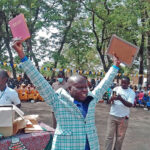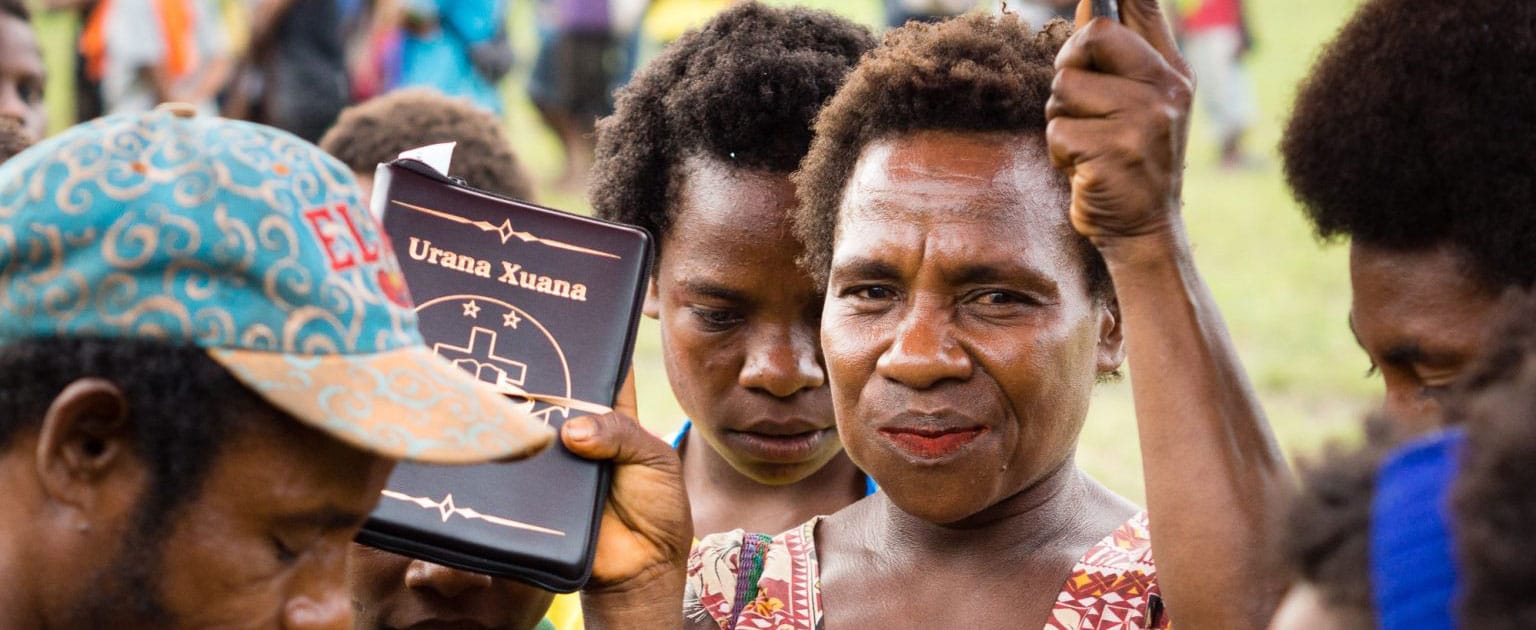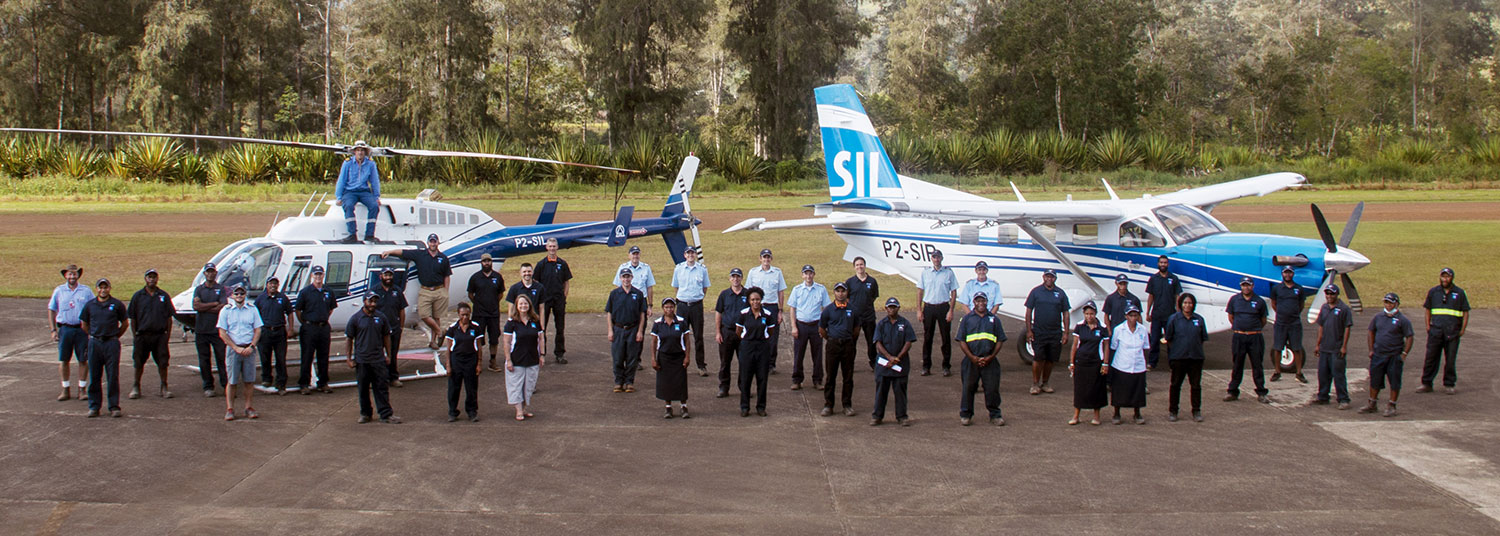Hidden Dangers
Termite mounds, ovens, and dogs, oh my! Although these may seem like ordinary objects to us, to mission pilots landing or taking off on remote airstrips, they create extraordinary hazards. If they show up on a runway, they can cause destruction or even death.
Lauro Pasquini, a pilot-mechanic serving with our Brazilian aviation partner, Asas de Socorro, has encountered some of these hazards. He often walked village runways before taking off to see if the local members of the community had left debris on the field. One time he found an oven on the runway! An angry, drunken man had thrown it on the grass airstrip because the pilots hadn’t let him onto the plane. Lauro called some mission workers to remove the oven so the pilots could safely take off.
Another time, after Lauro landed on a runway, a dog—only about 300 feet away from him—raised its head. He hadn’t seen it as he approached because of the long grass. Lauro’s first inclination was to increase the plane’s power and go around the dog, but he was too close to the surrounding mountains. So Lauro pulled on the yoke, expecting to hit the dog with his propeller. Then, at the final second, the dog moved away, and Lauro hit it with his landing gear instead. Praise God for keeping him (and possibly the dog) safe!
Jeff Johnson, a pilot-mechanic who now serves at JAARS in Aviation Helicopter Operations, experienced a close encounter with a termite mound while flying in the Philippines. After he landed, he walked the airstrip while he waited for his passengers. He noticed a termite mound hidden in the foot-high grass, closer to the aircraft’s tire track than he wished! Praise God for protecting him from that hidden danger.
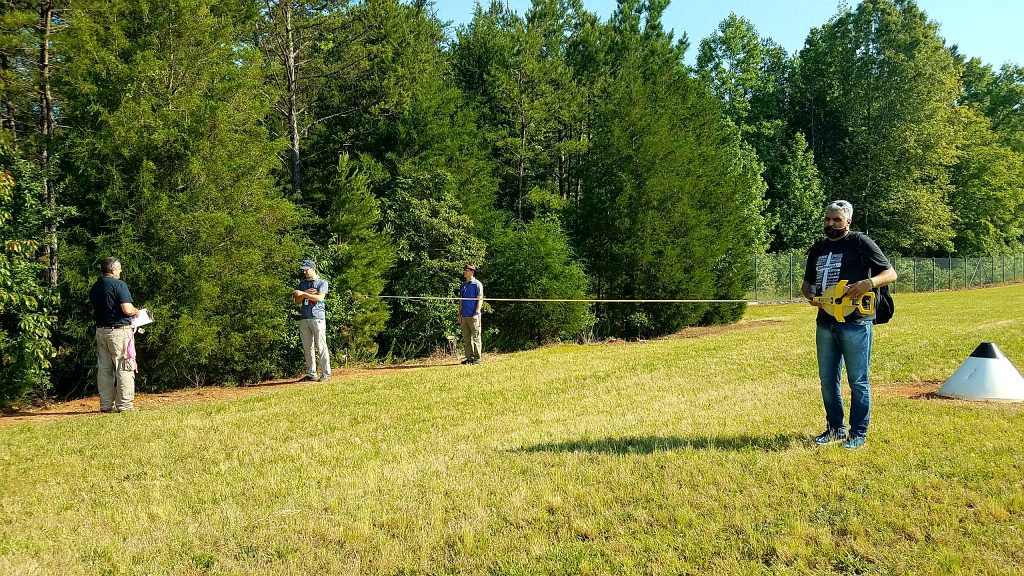
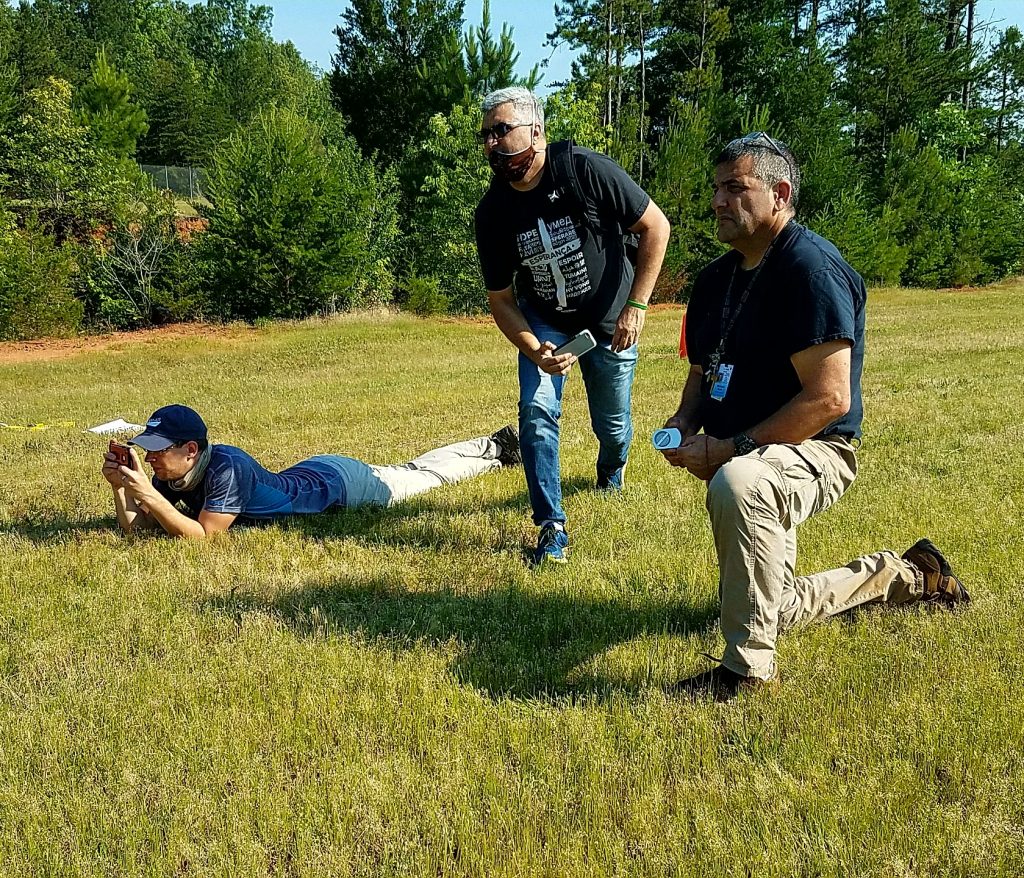
These hazardous obstacles are why the Pre-Field Orientation staff took the orientees—all of whom will serve either in the U.S. or in other countries as mission pilot-mechanics—out on the various grass runways at JAARS. Steve Bevelhymer and Mike Bunn, who work in JAARS Aviation, taught the orientees how to measure the angle of critical obstacles like trees and bushes with phone apps, clinometers, and an Abney Level which looks like a sextant. They then marked the obstacles with tape and on a chart so a team could later come out and trim the foliage.
The orientees also practiced surveying the runways by walking them and looking for anything, such as high grass, ant hills, or logs, that might concern them upon landing or take-off. Mike even told them to stomp on an object to make sure it’s not a decaying stump. “Be very suspicious of your runway,” he said, because what may look harmless could end in disaster.
Not only did the participants learn about the importance of surveying conditions, they also learned how crucial it is to watch where they land and take off and evaluate their performance.
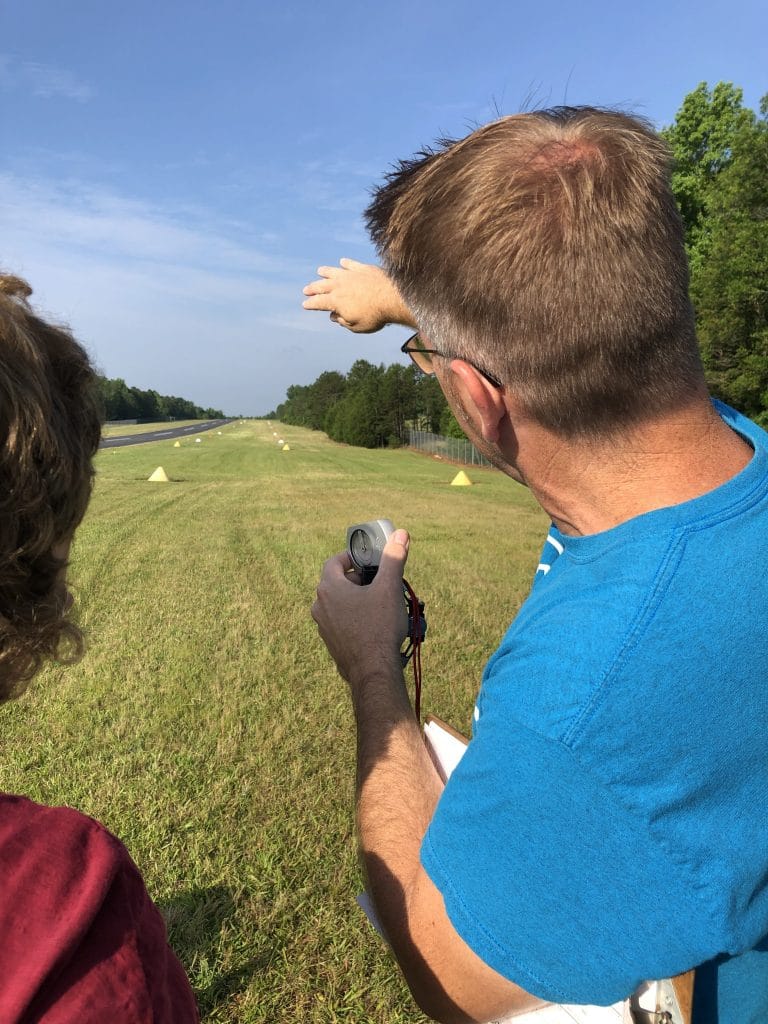
The JAARS aviation staff mark the runways well because it makes it easier to plan their flights and measure their performance. “We emphasize this in orientation,” Steve said, “because we want to lay a foundation for a high standard from the beginning.”
In places like Papua New Guinea where there are a plethora of runways, the pilots “will be going to the runways that [they] haven’t been to for a long time,” Steve explained. “There’s benefits to walking the runway just to look at the condition.”
But, Steve told them, “If you are evaluating your performance, walk to the end, where you think you touched down, and say, ‘Did I really touch down where I thought I did?’” This will ensure that the pilots are always improving and won’t land where they shouldn’t and will keep their passengers as safe as possible from hidden dangers.
Your gifts to Aviation Training make it possible for JAARS to produce well trained and safety-focused mission pilots and mechanics to the field. Thank you!

